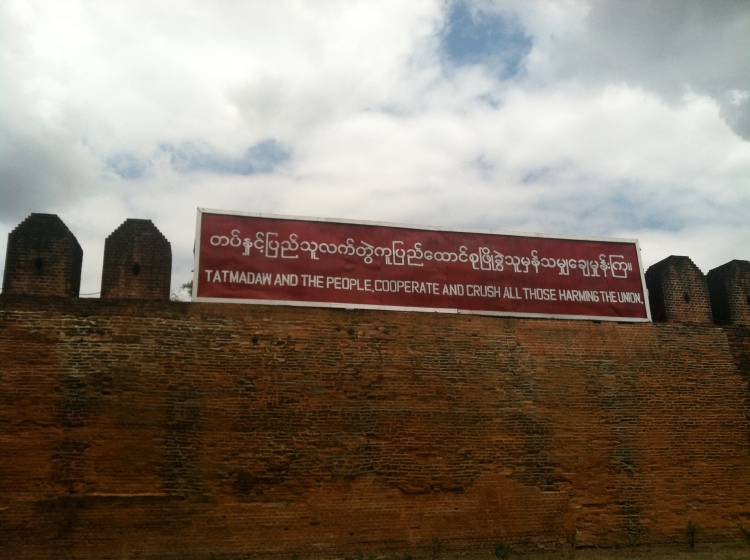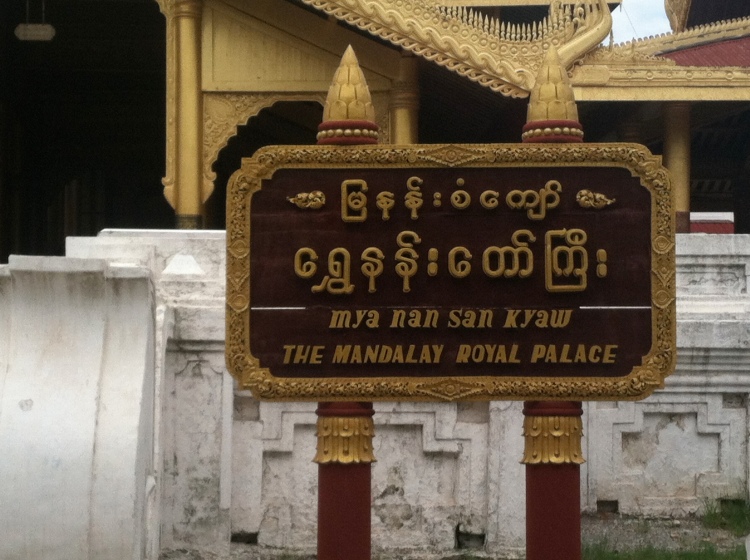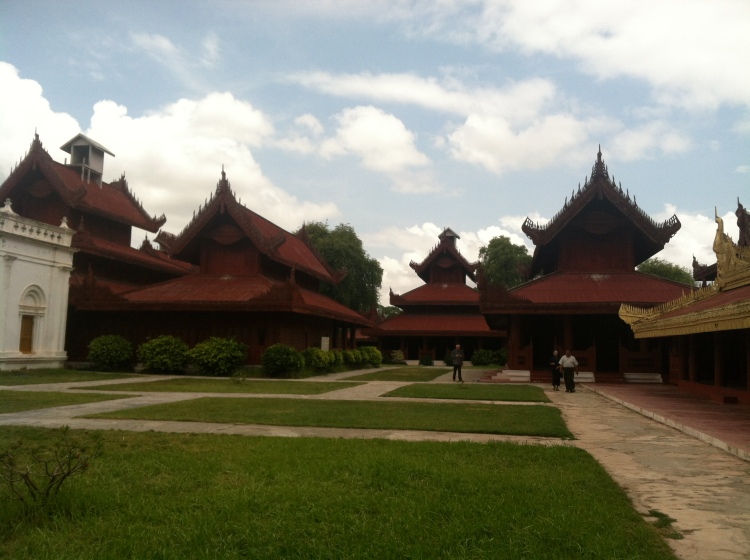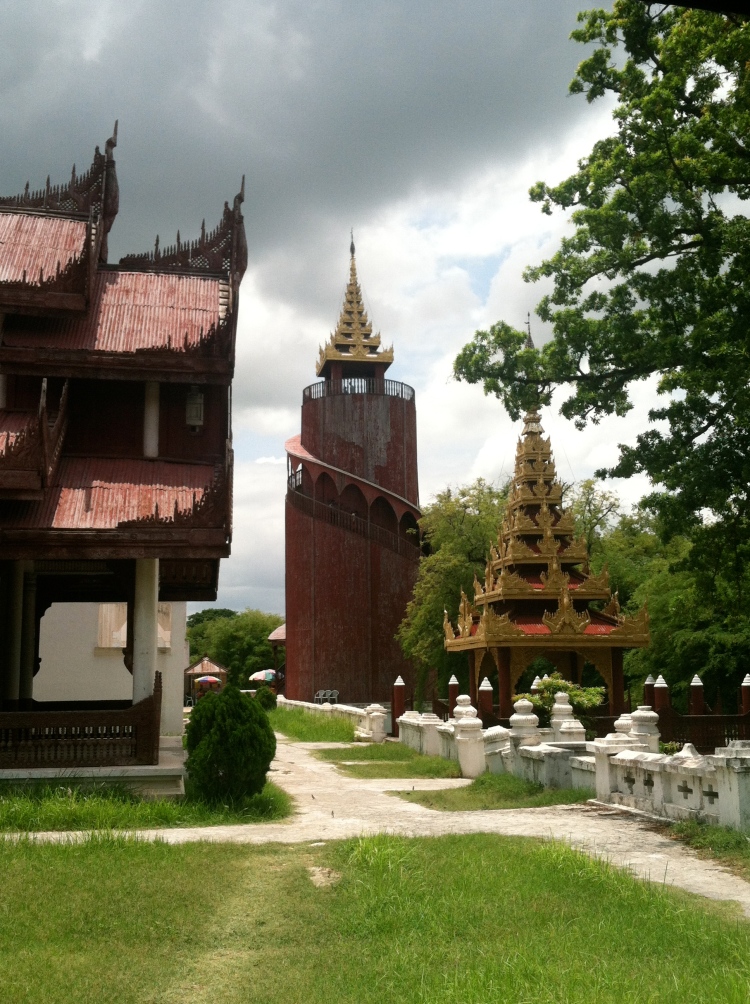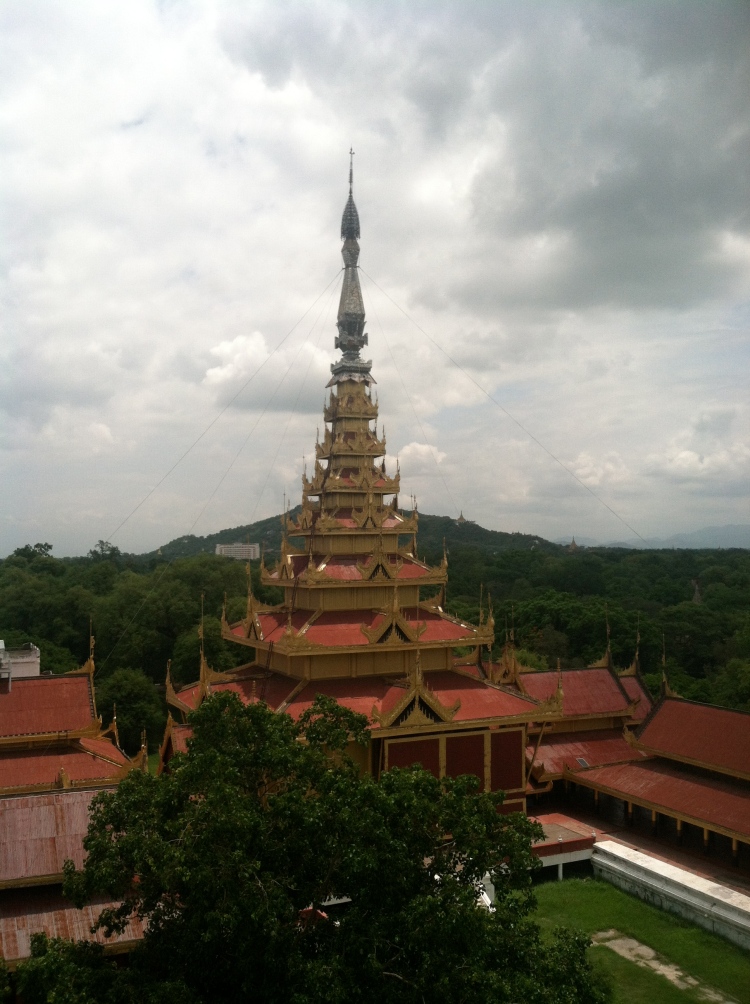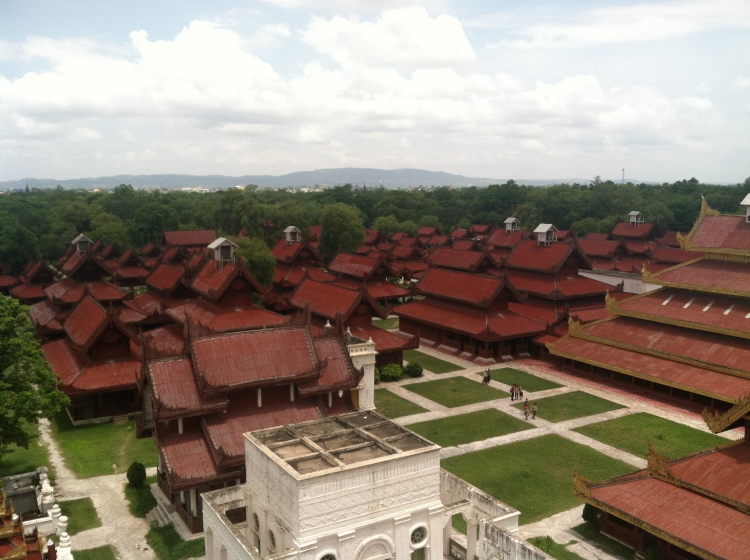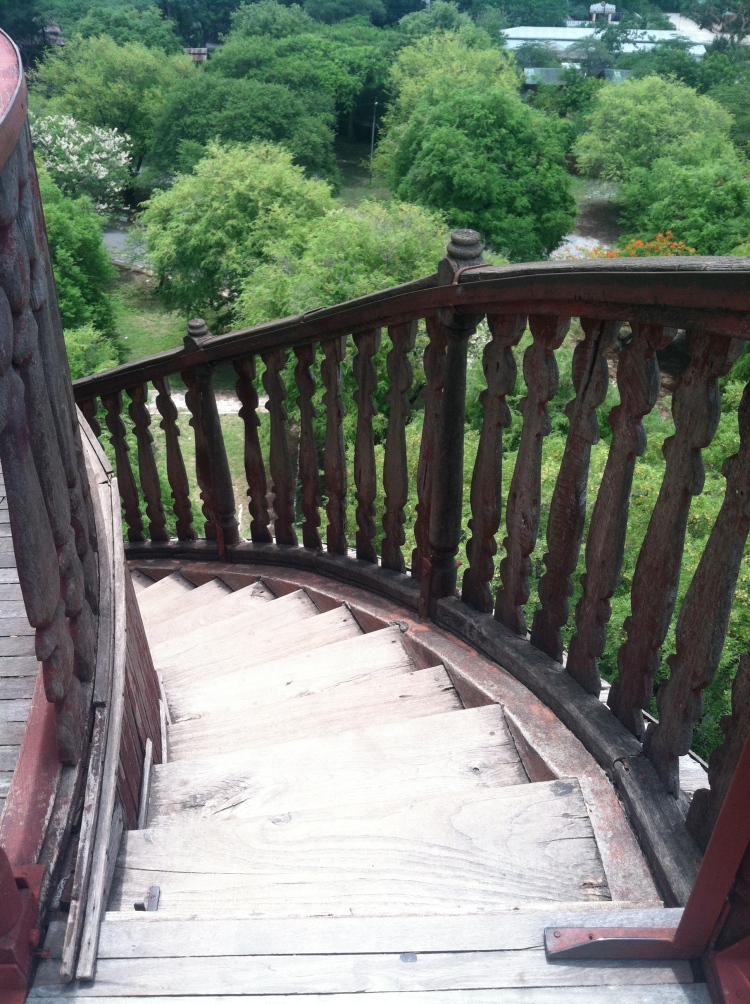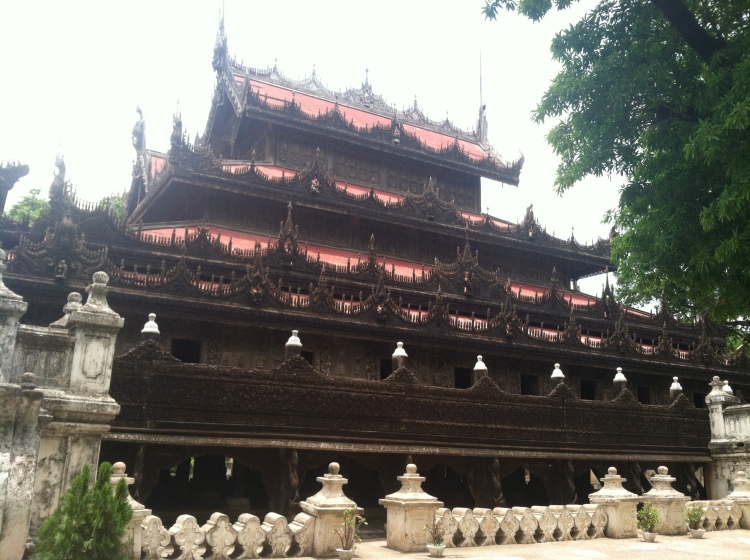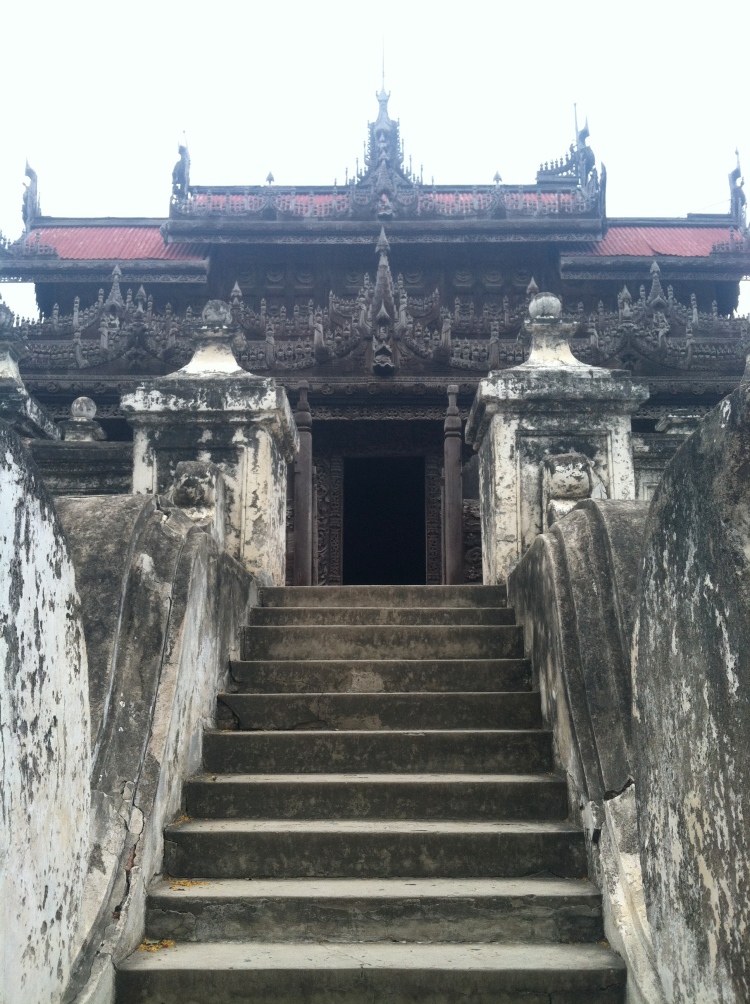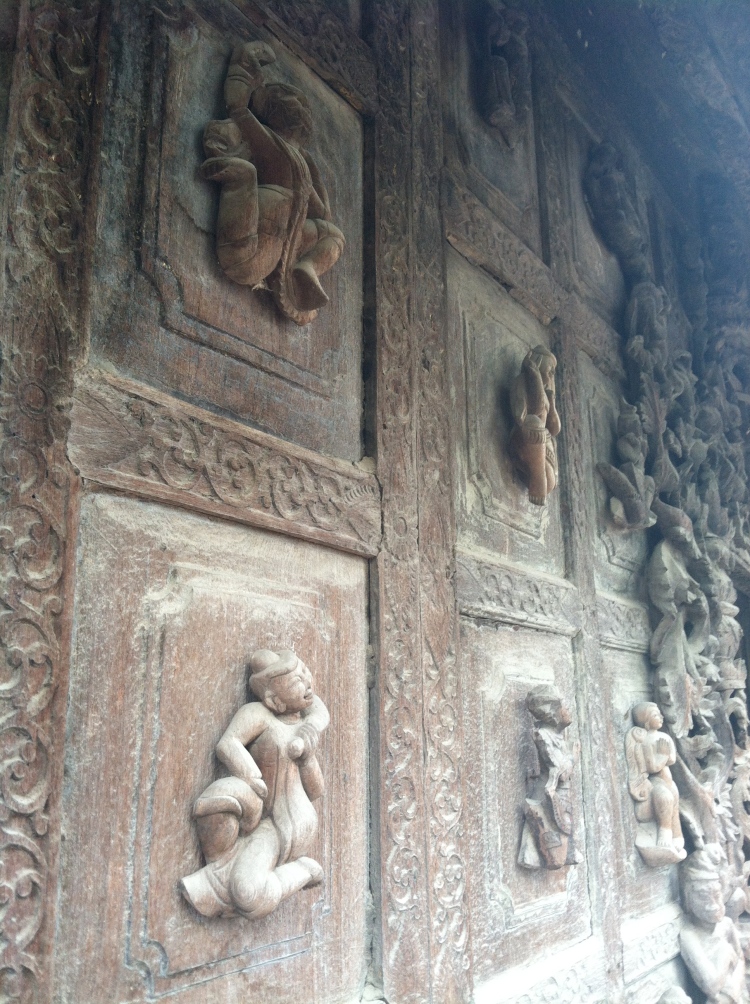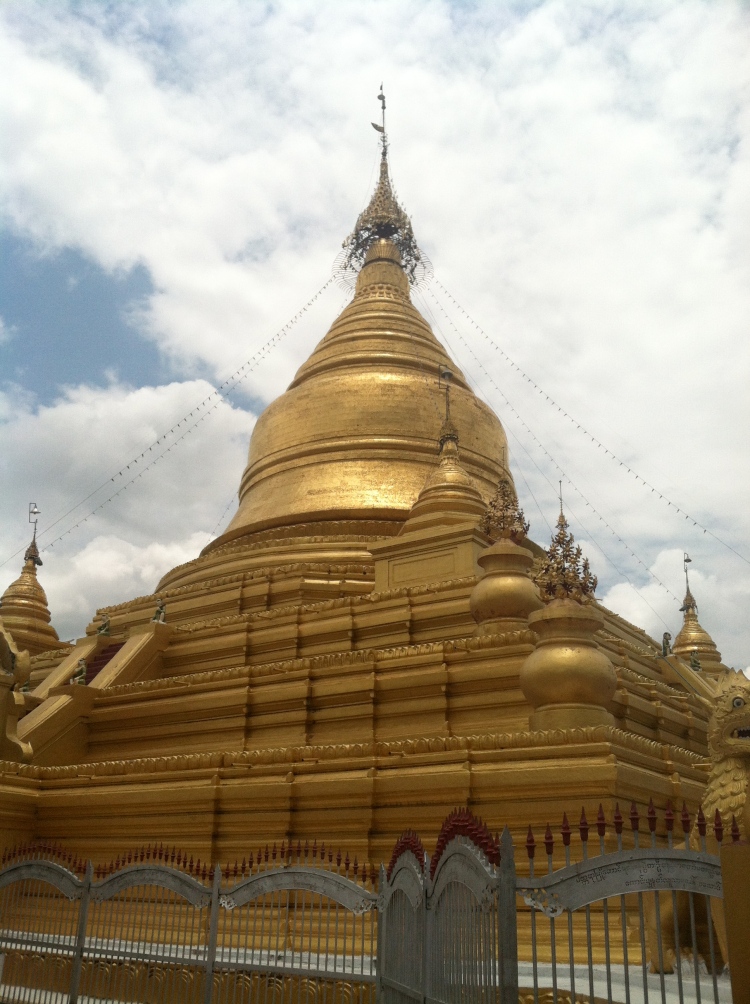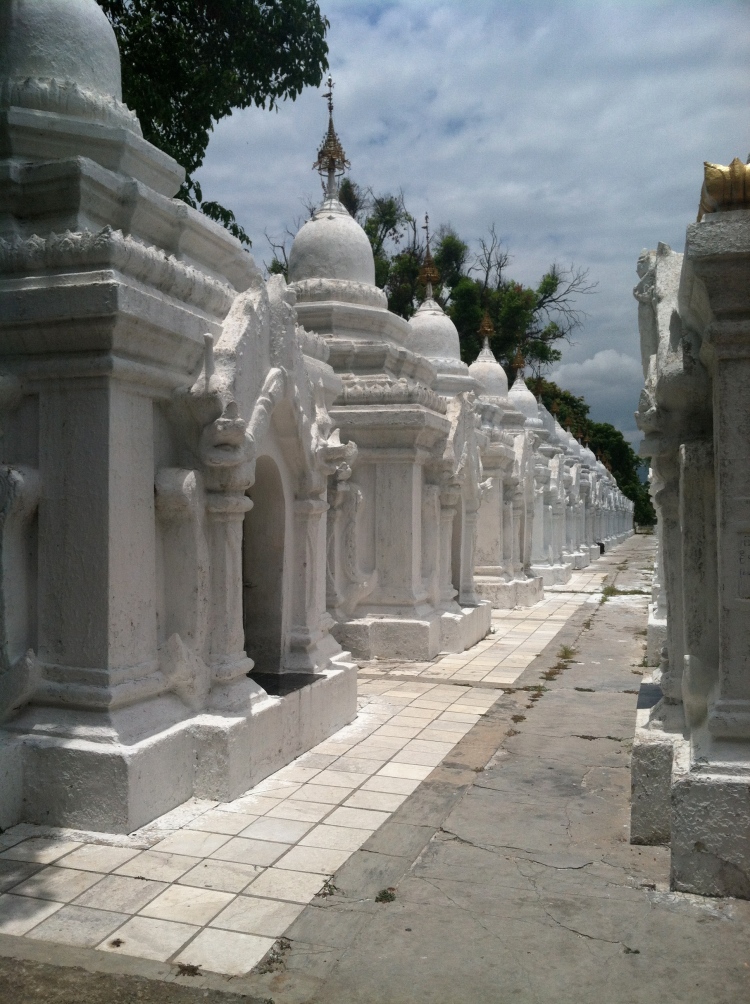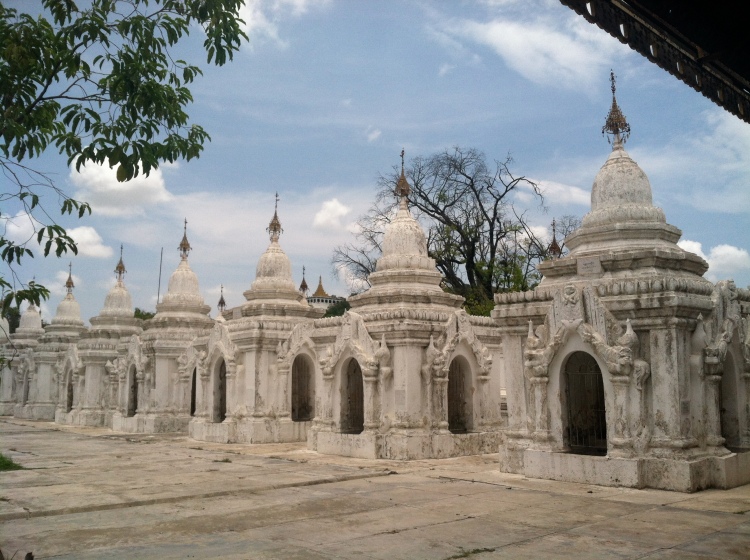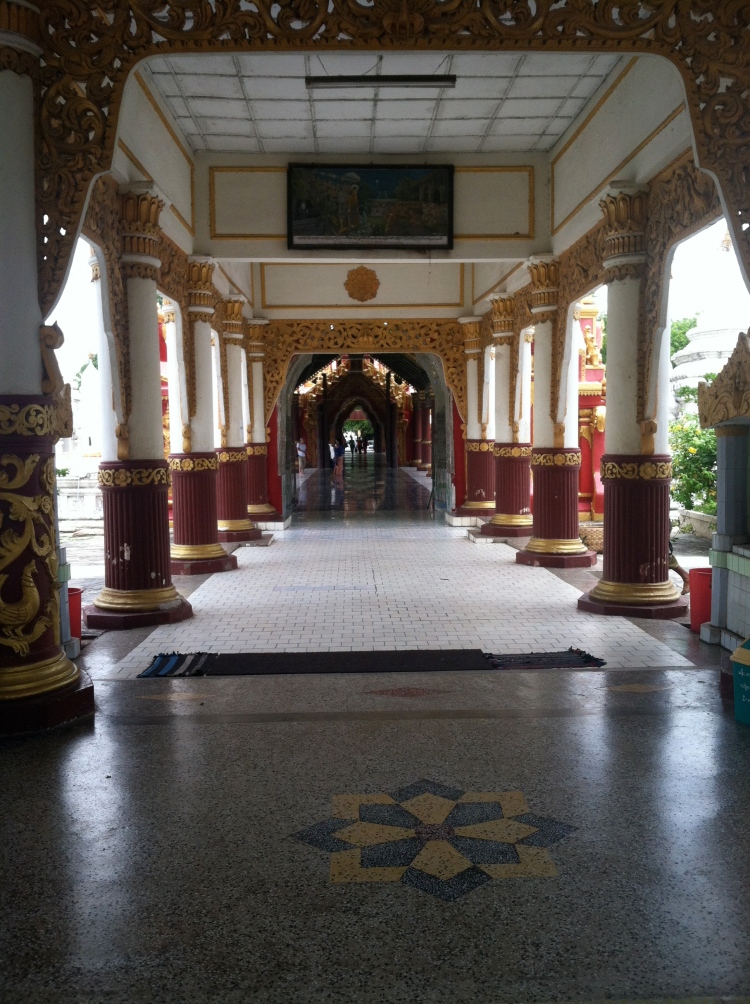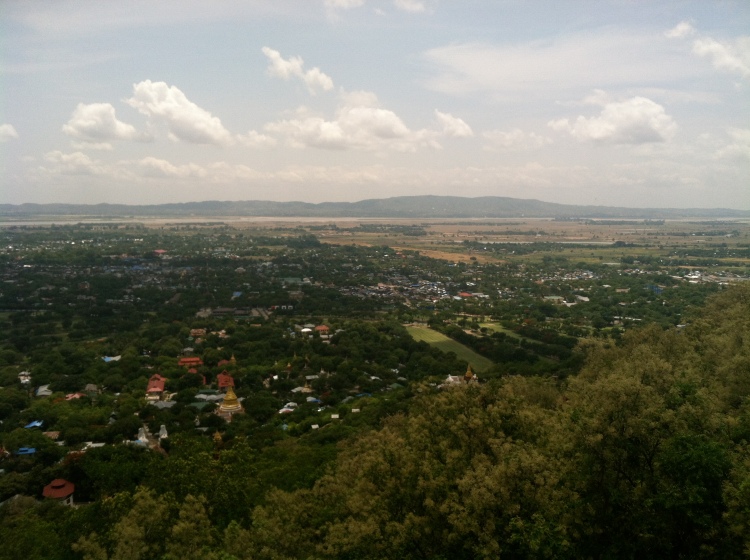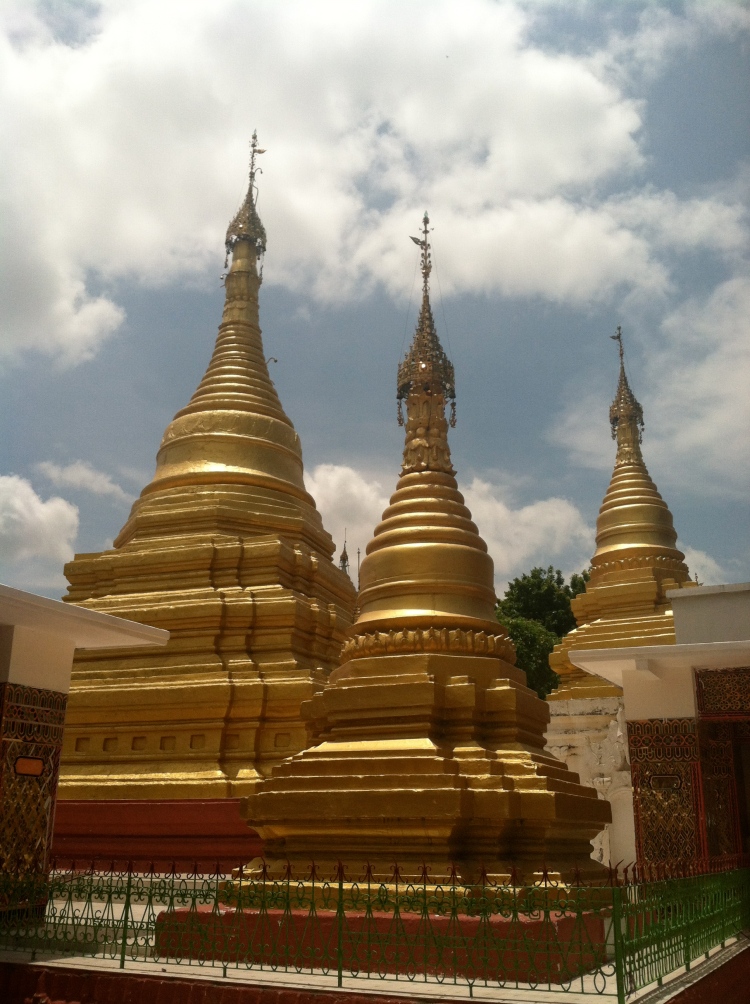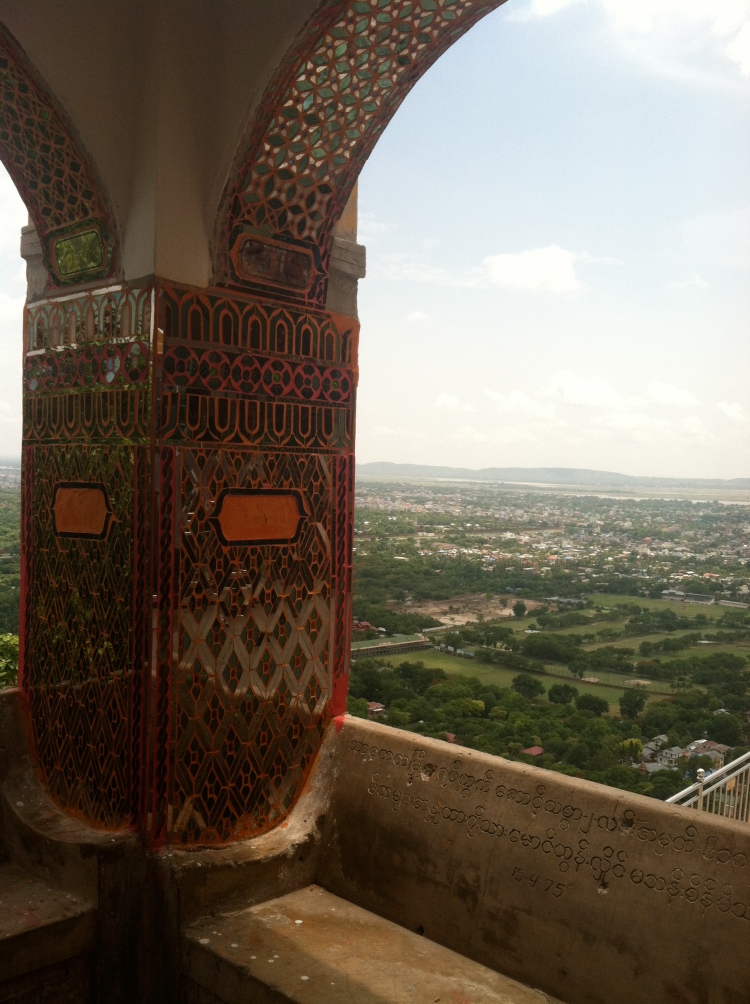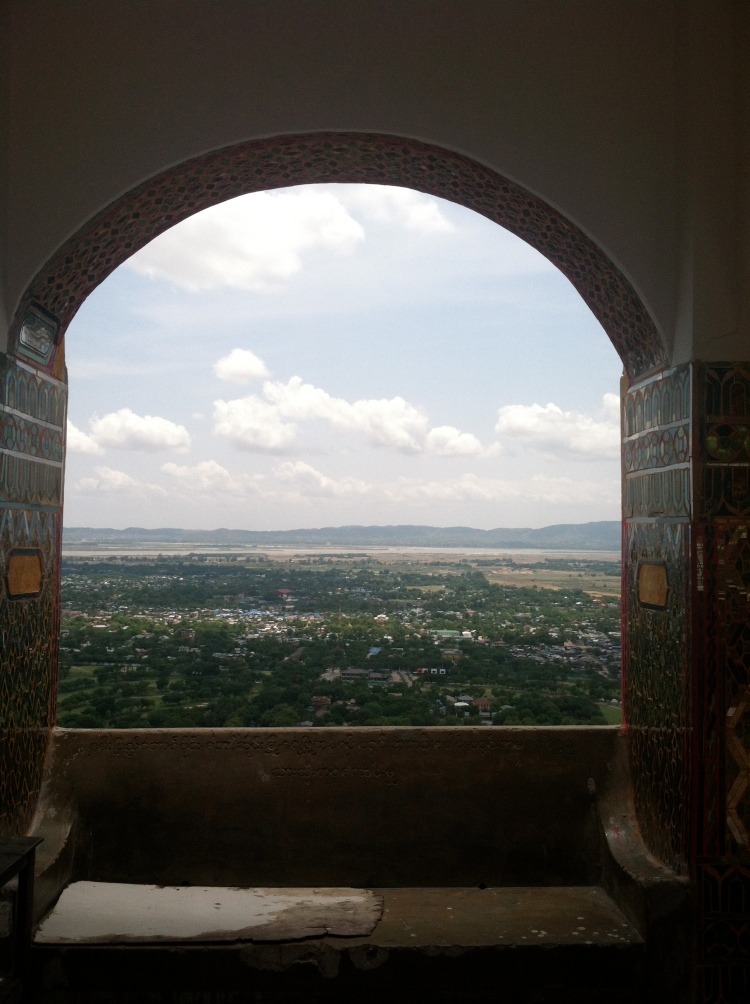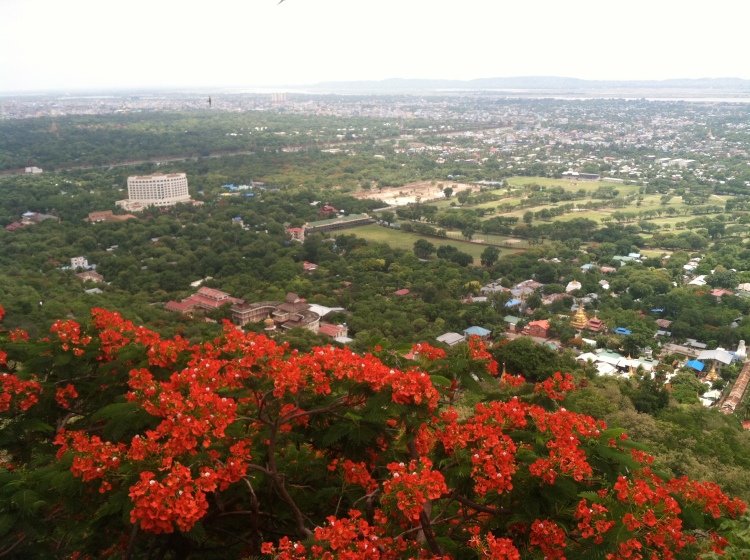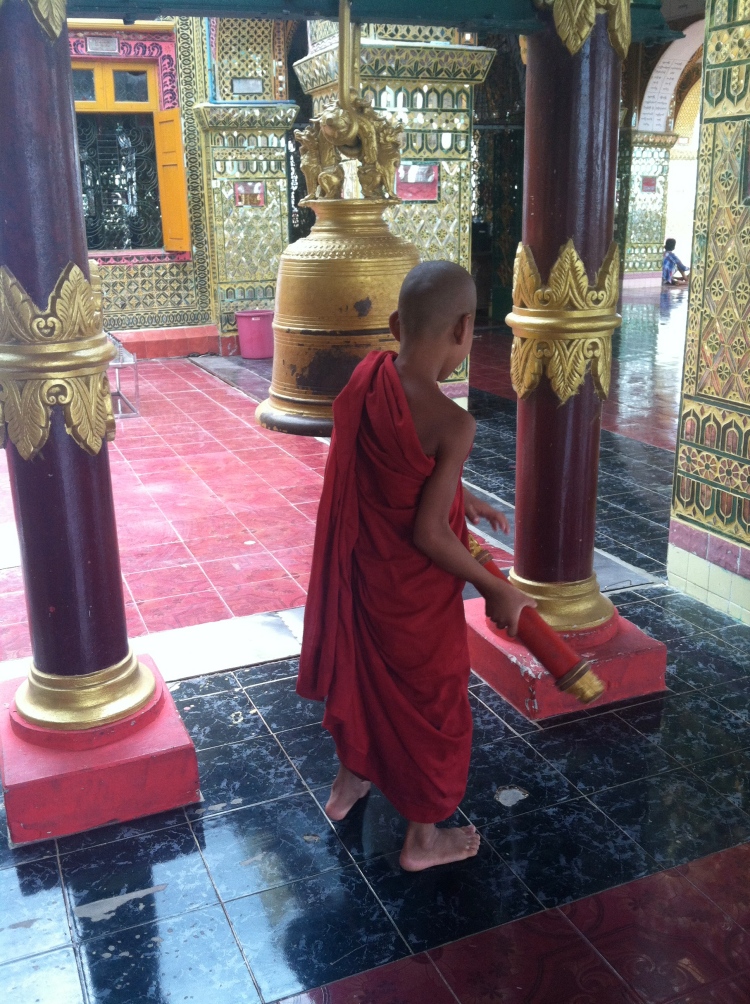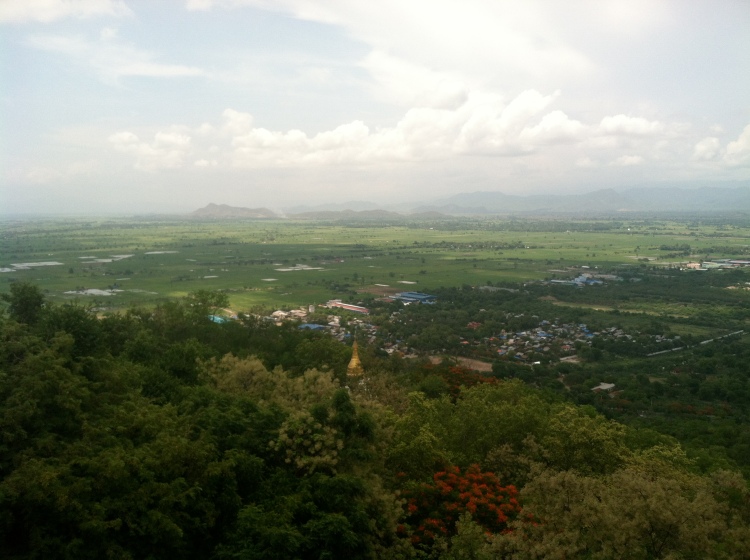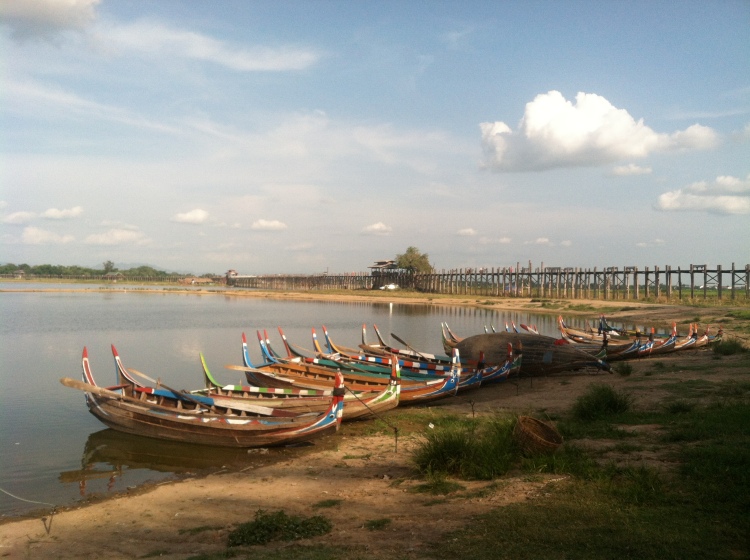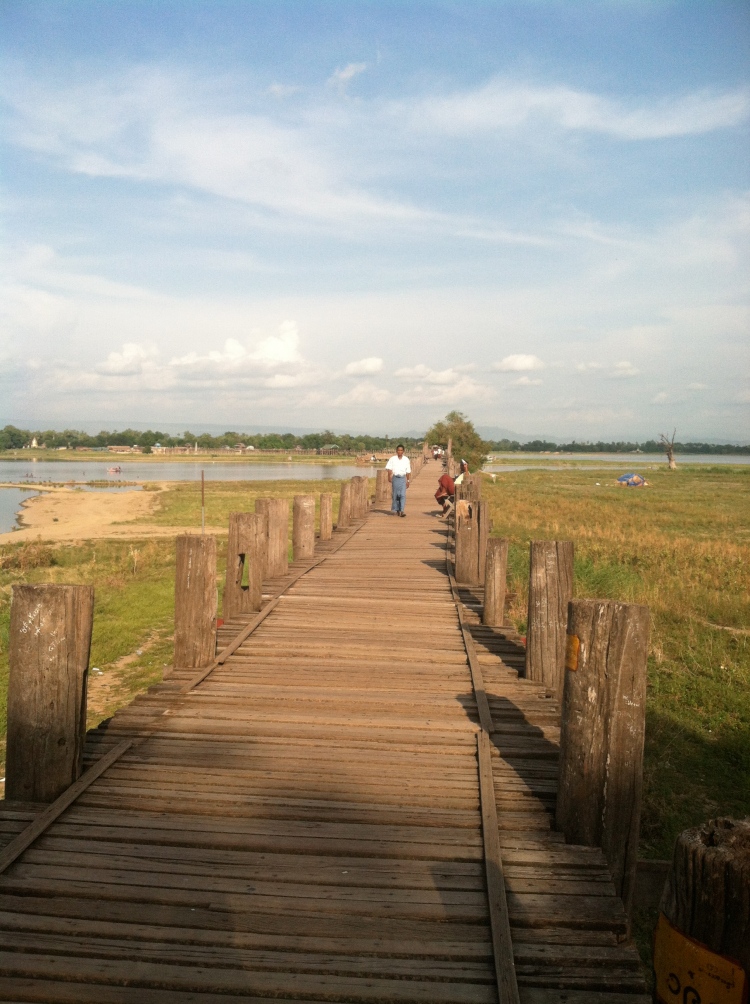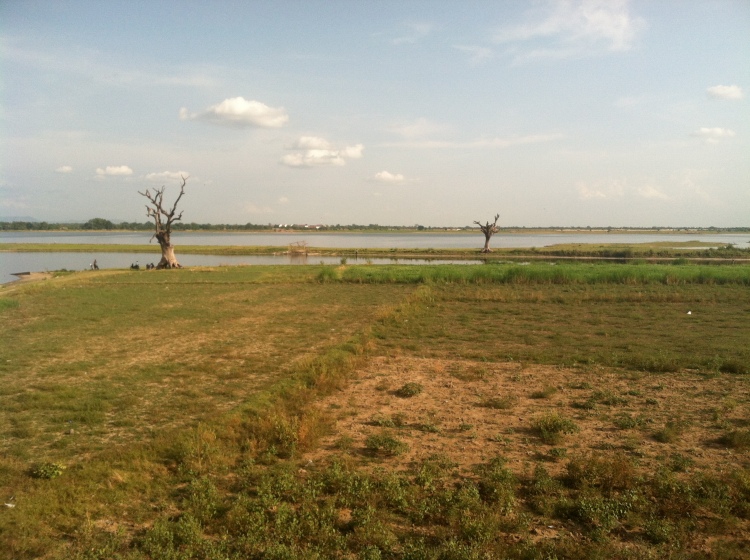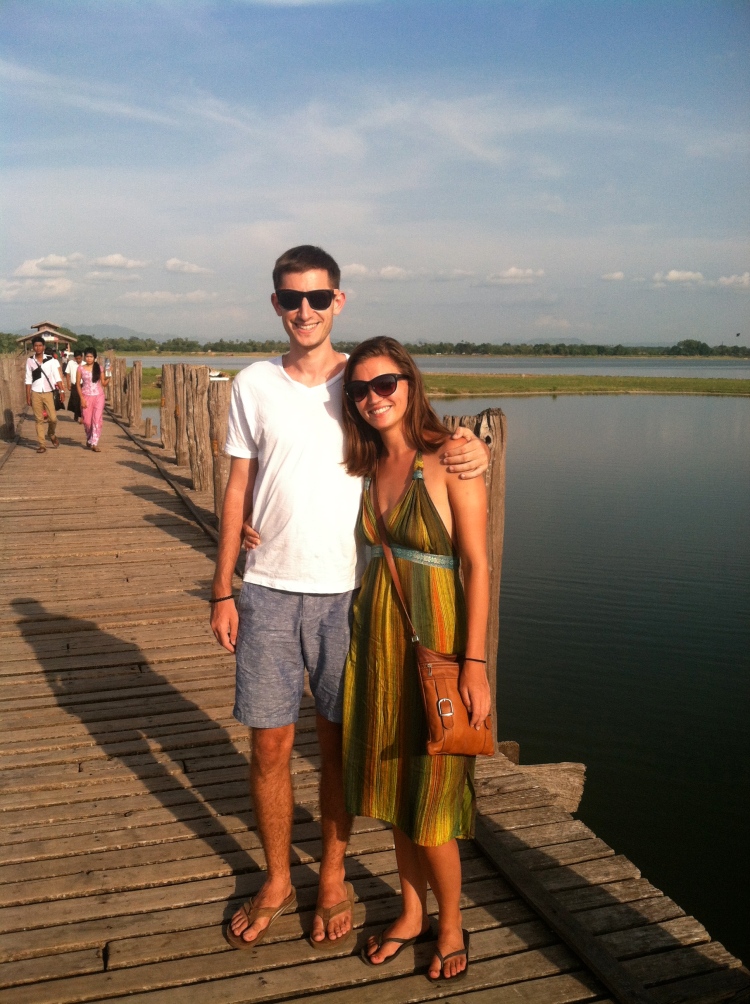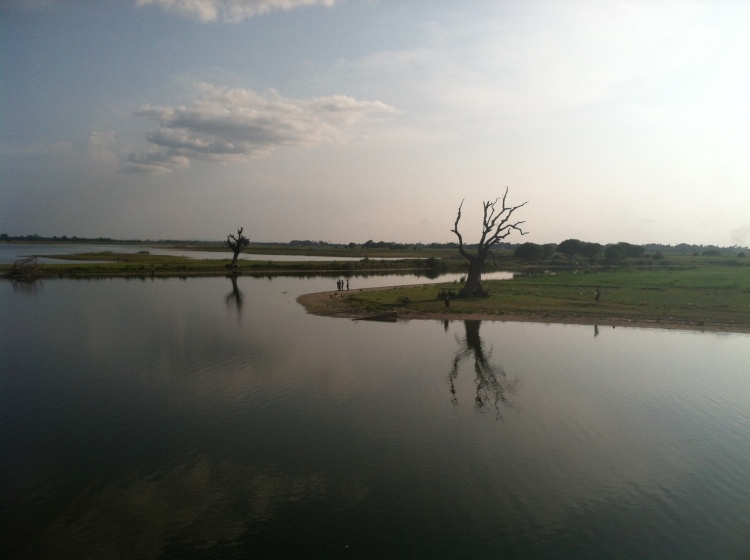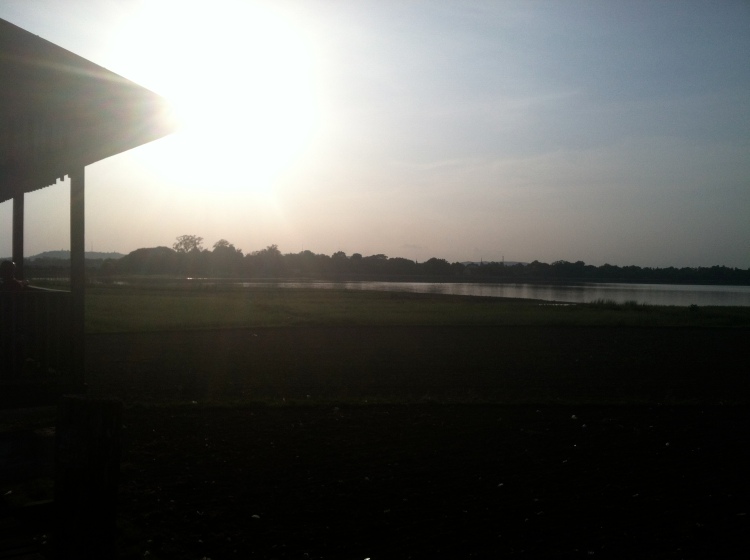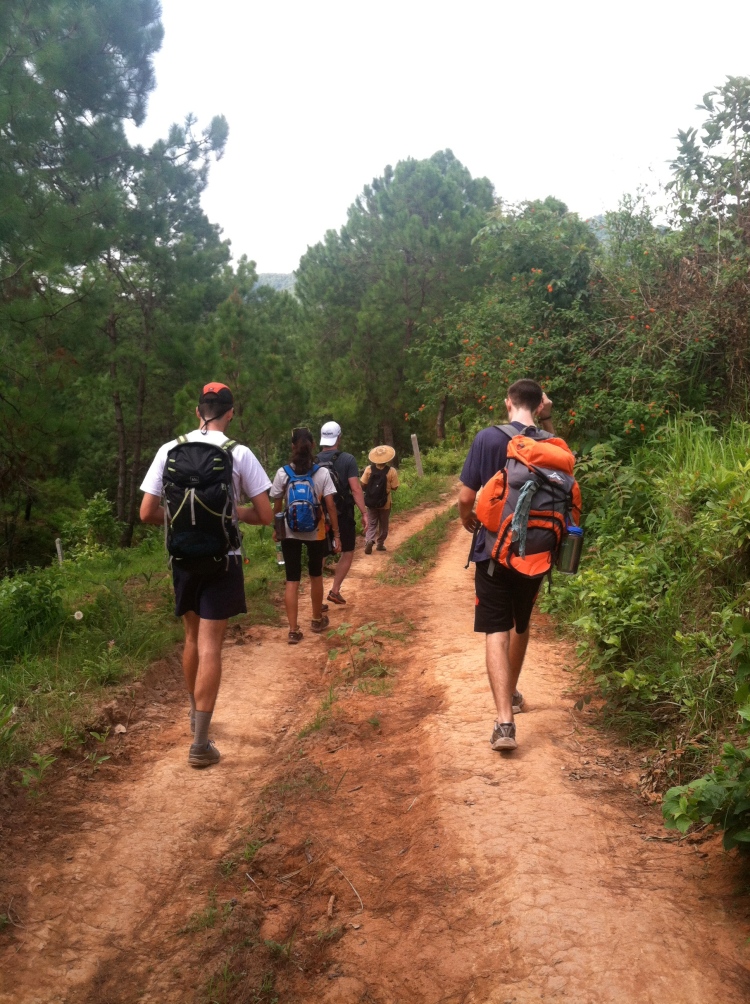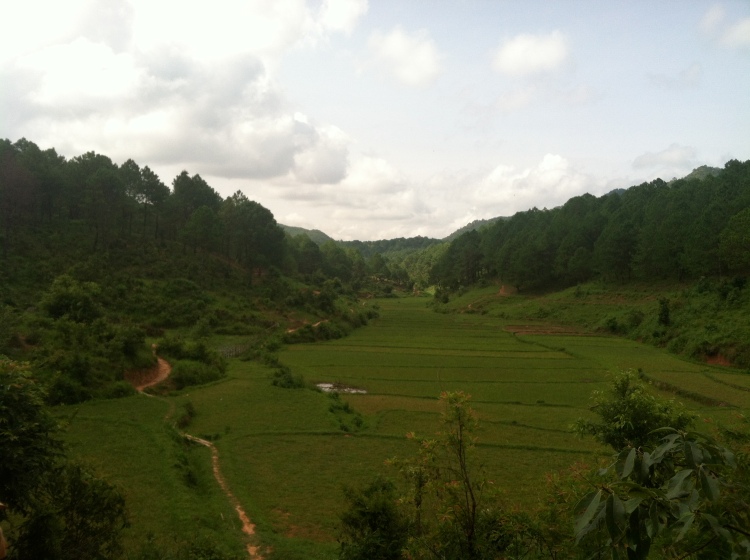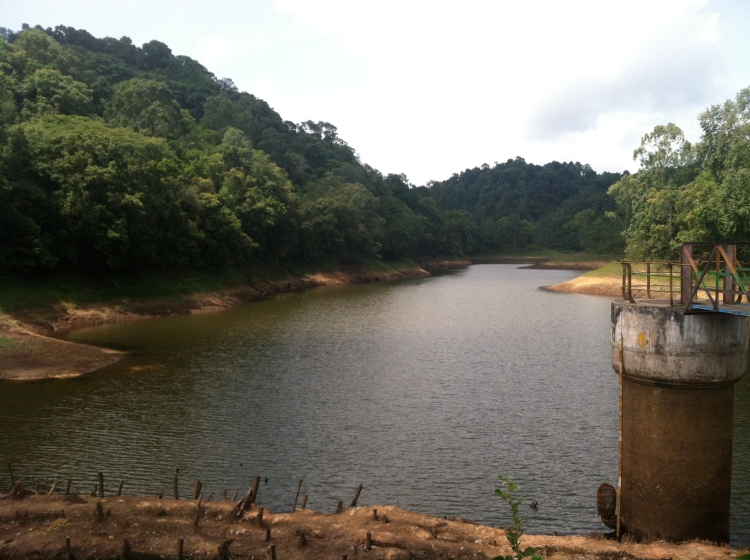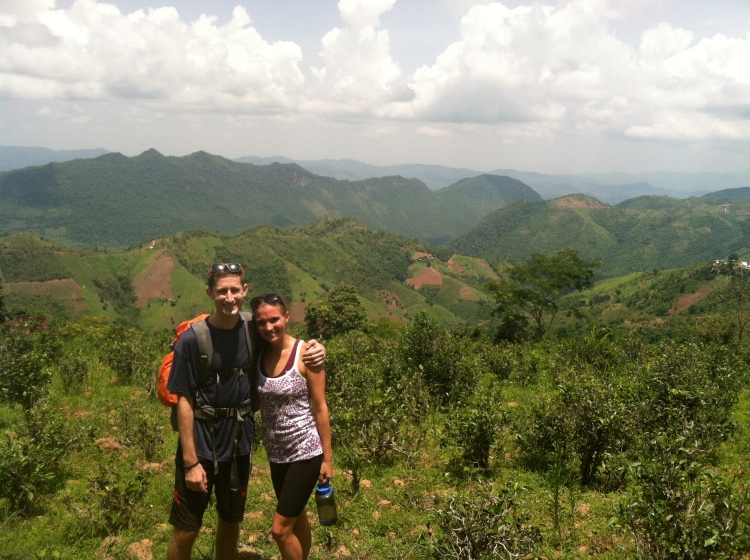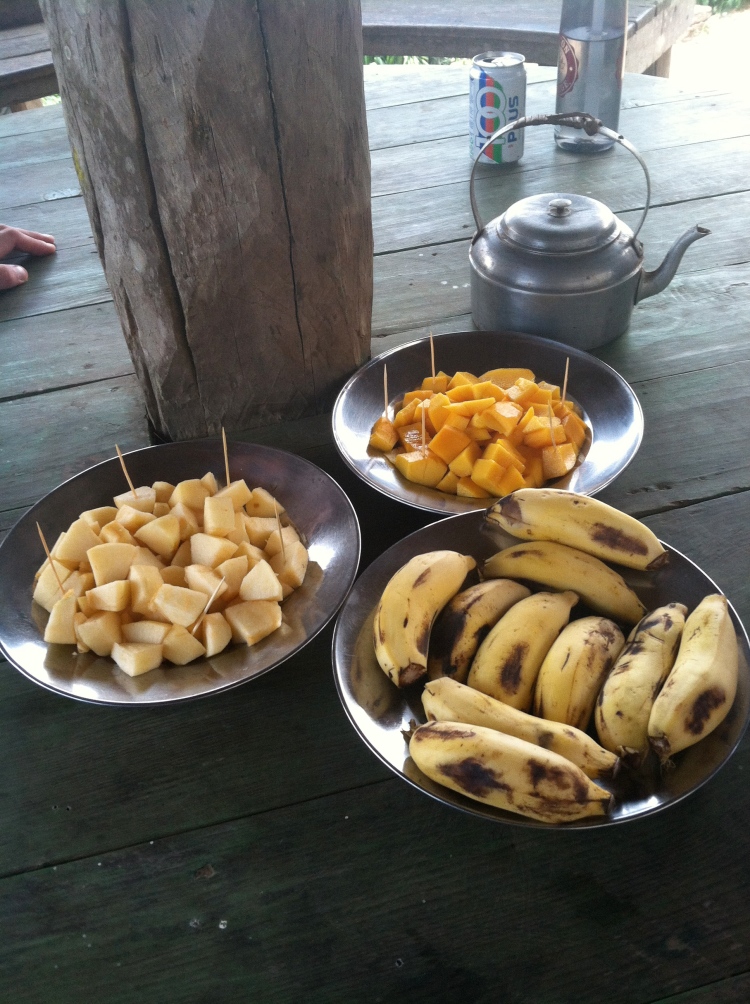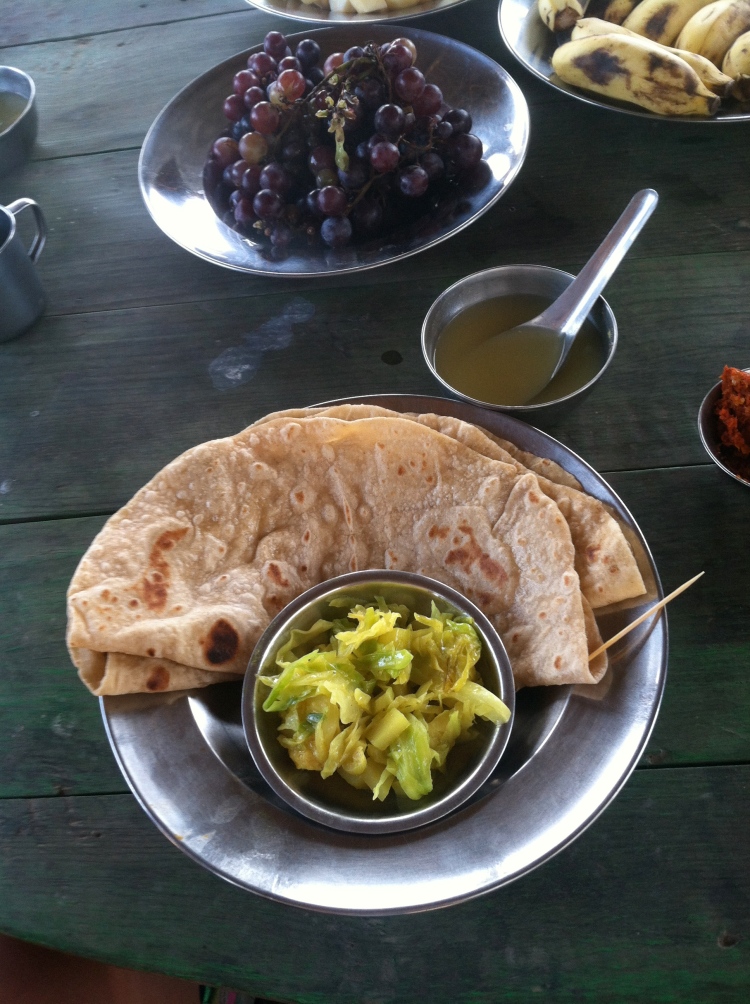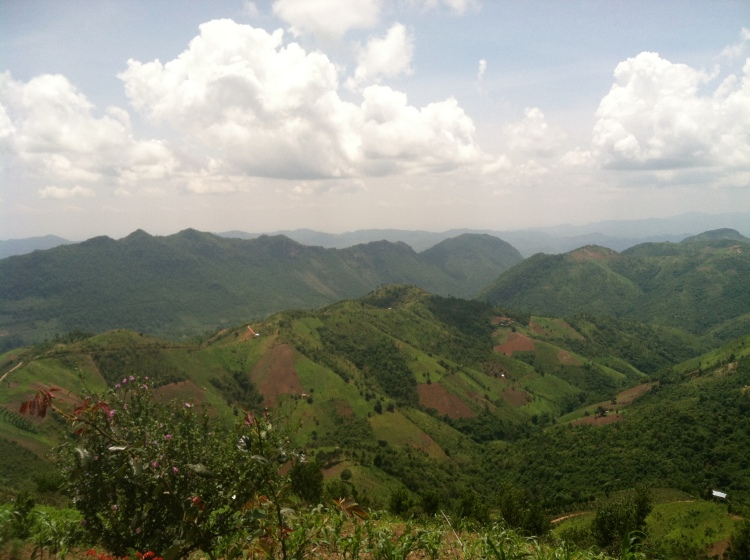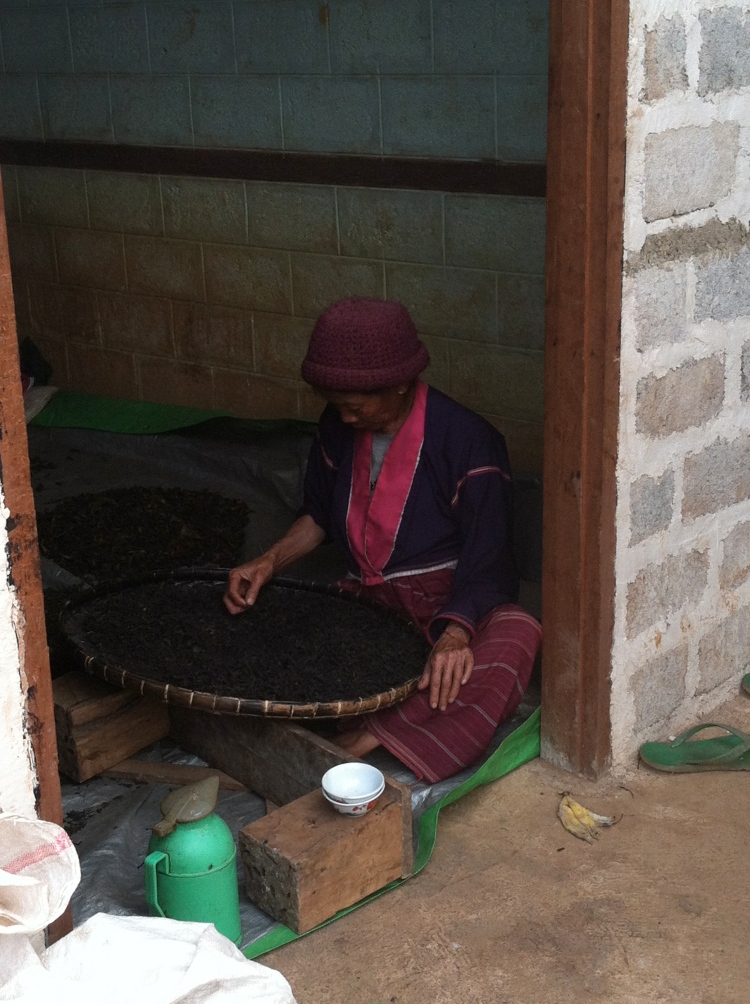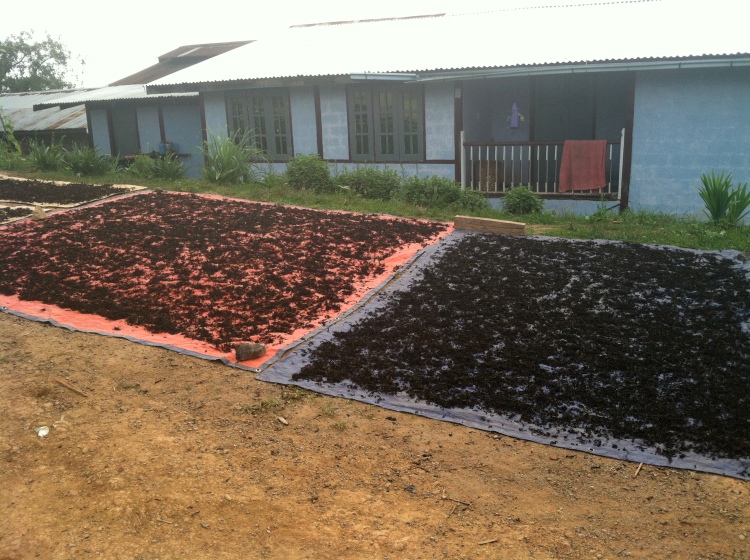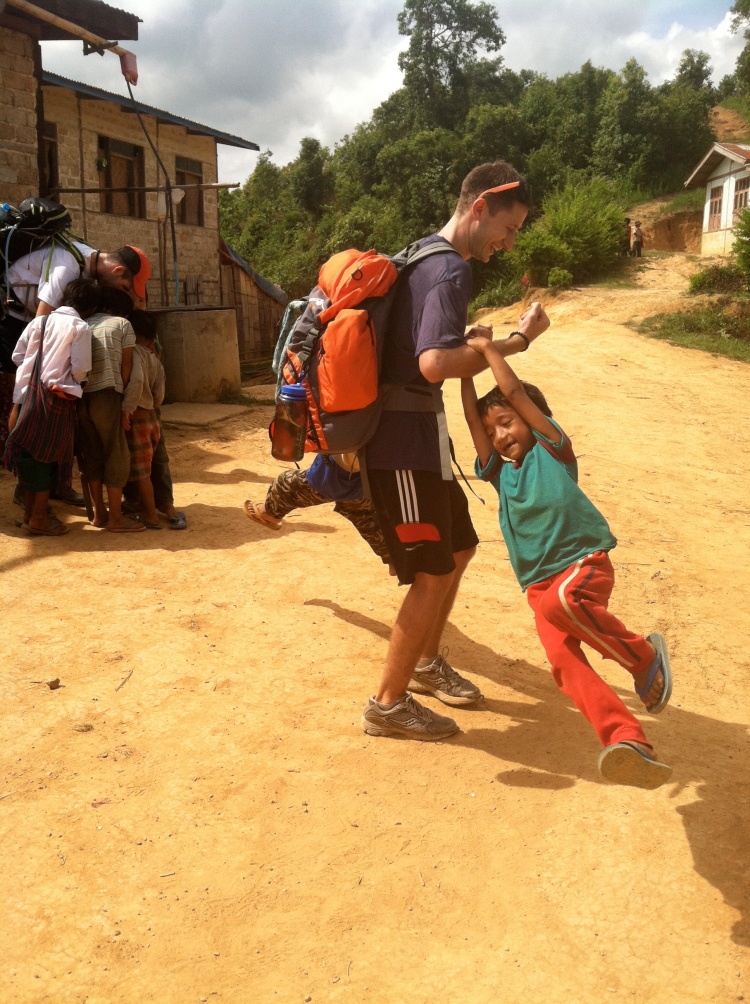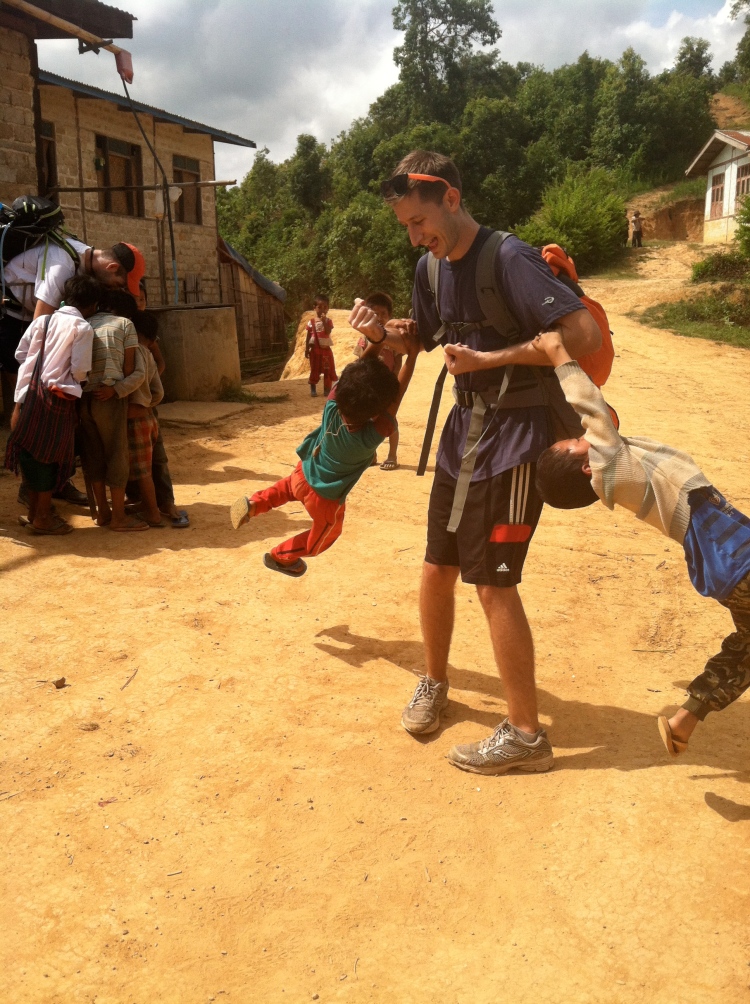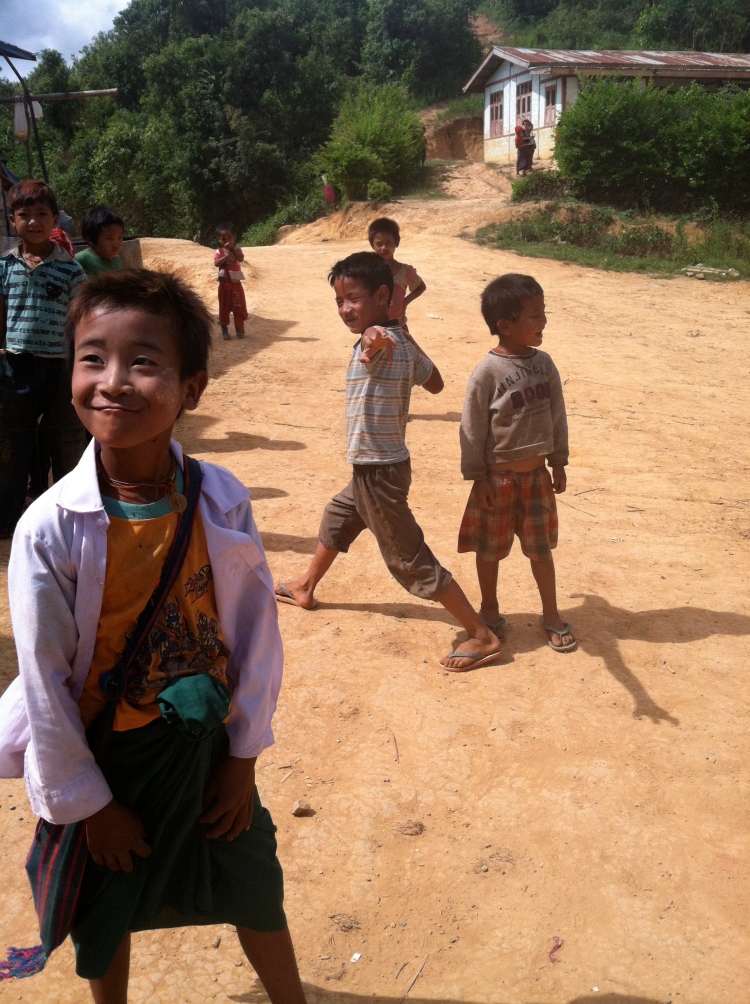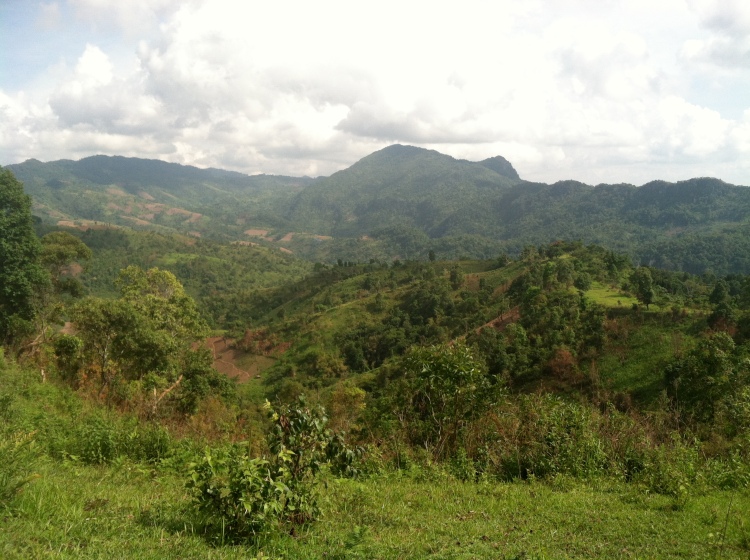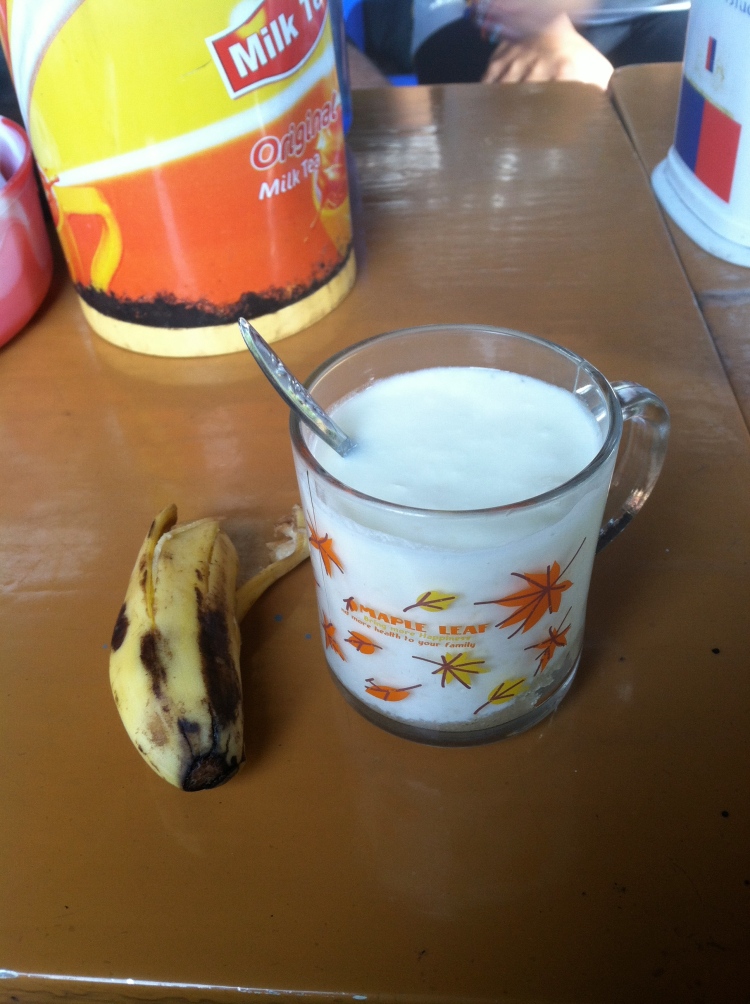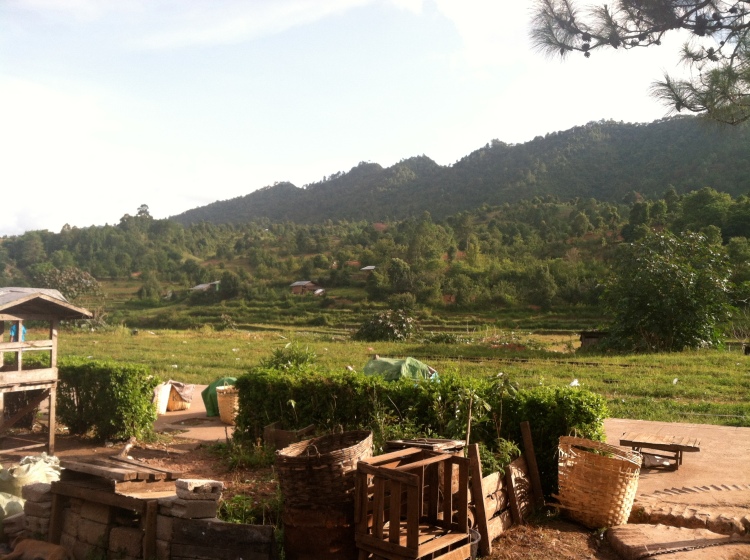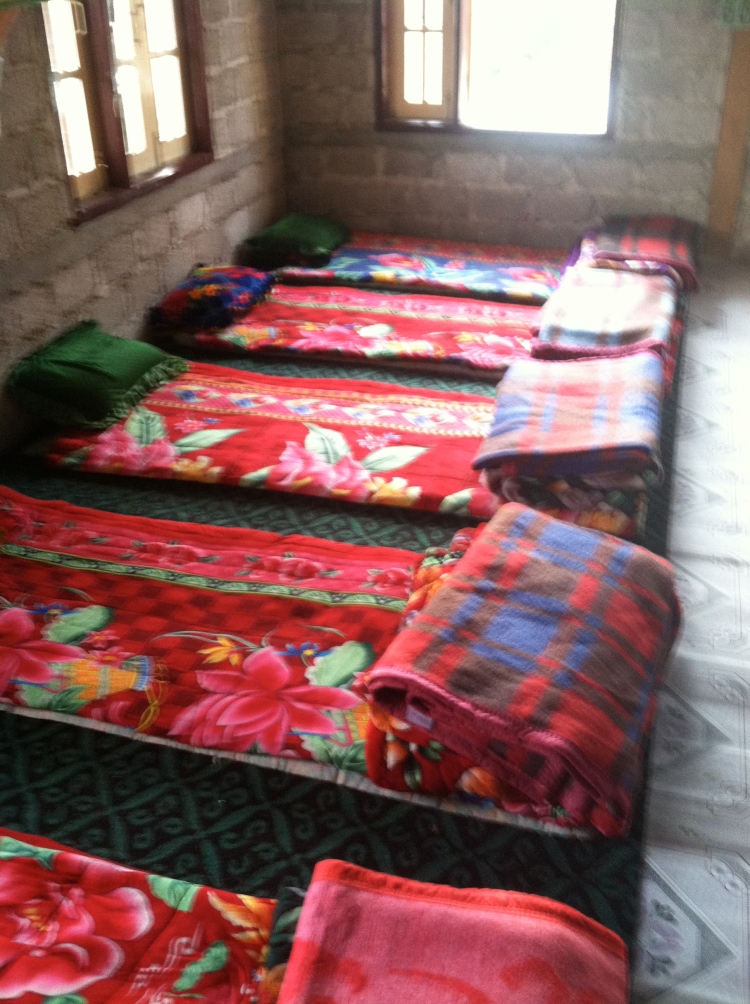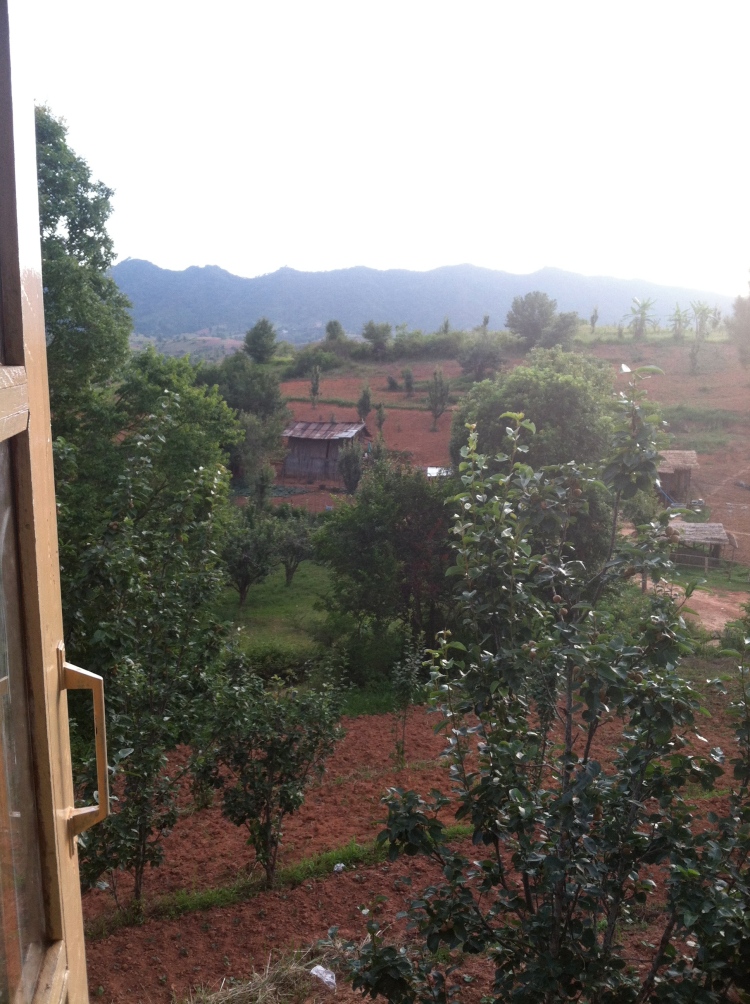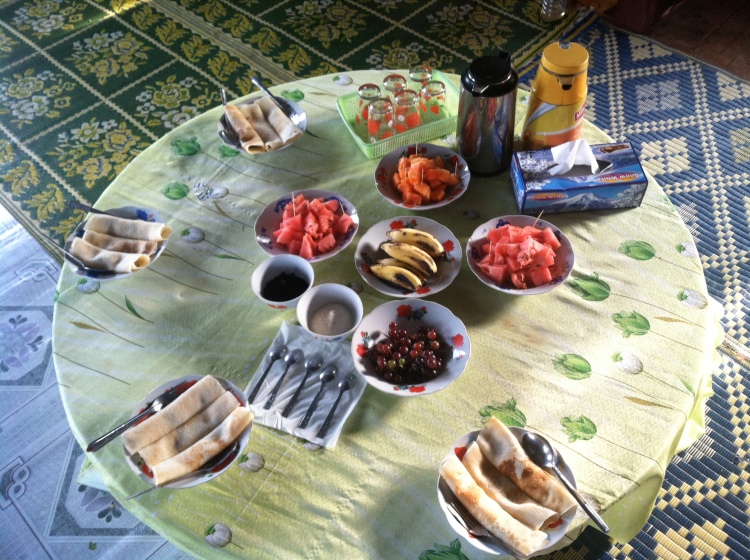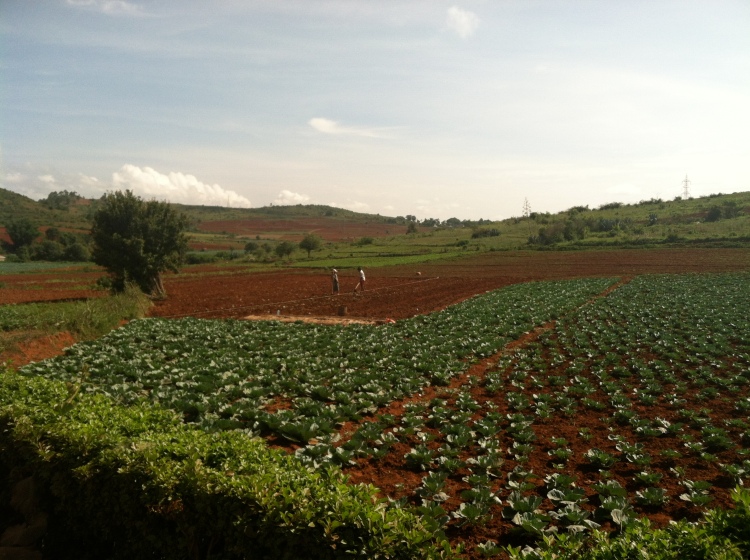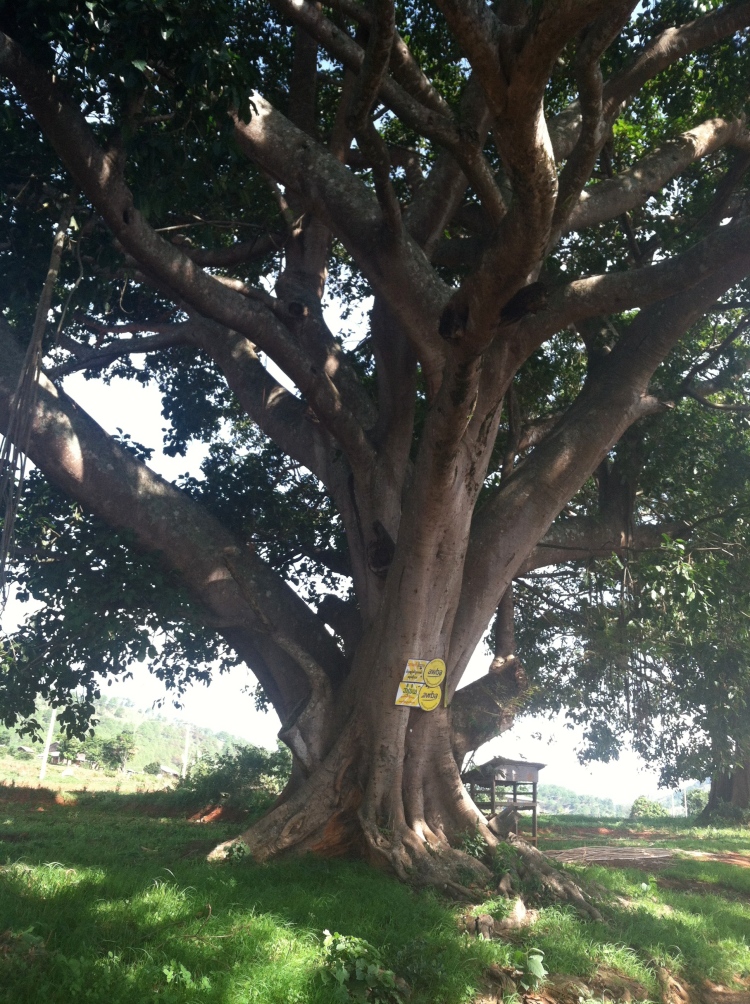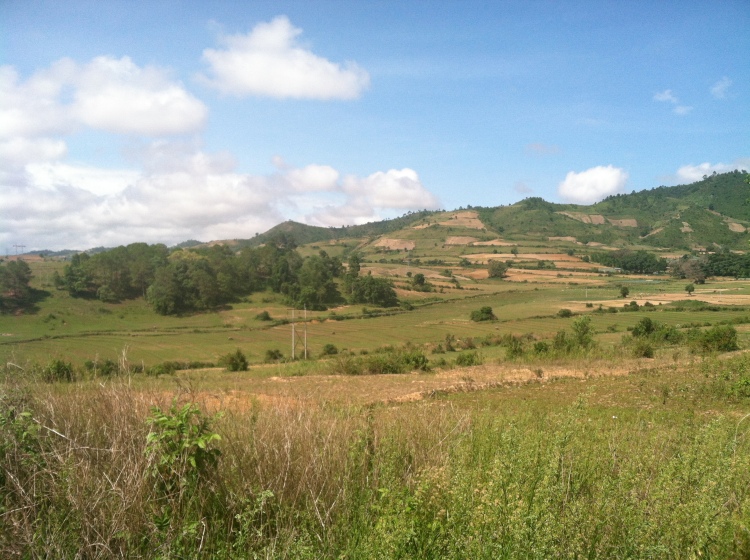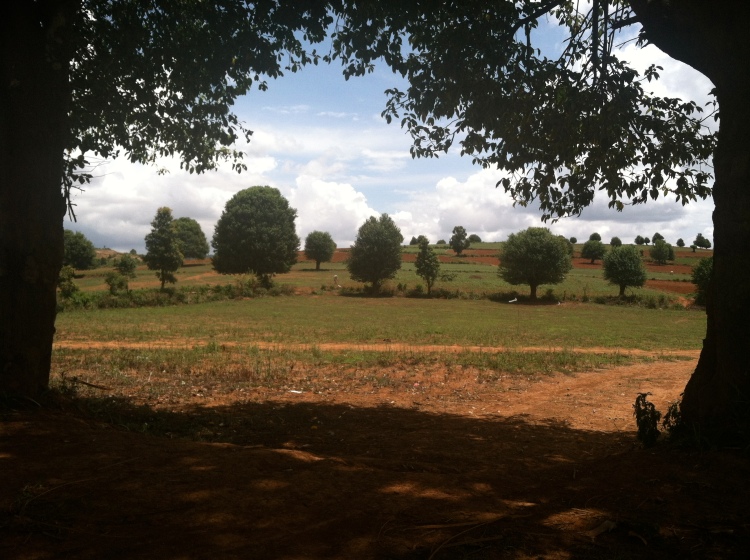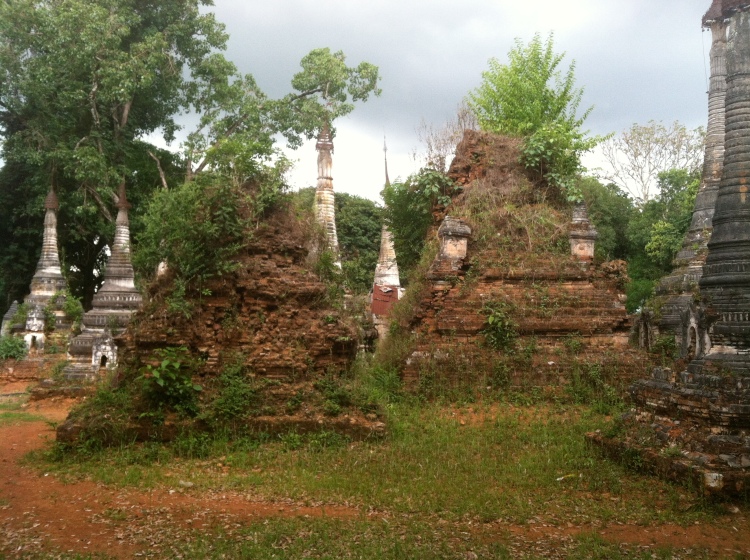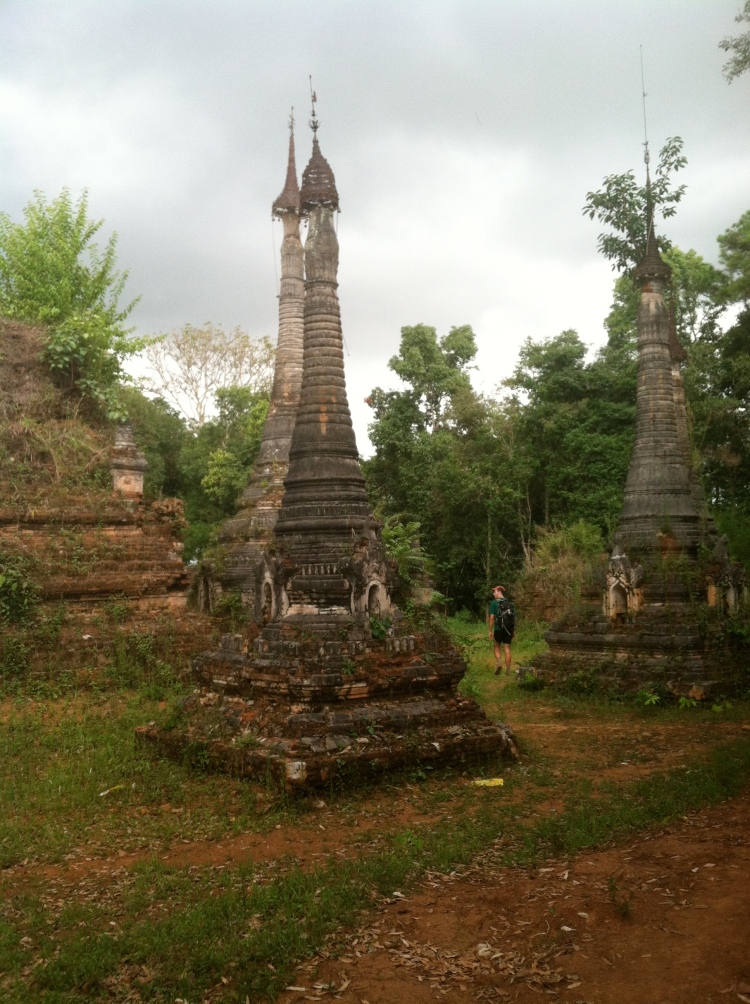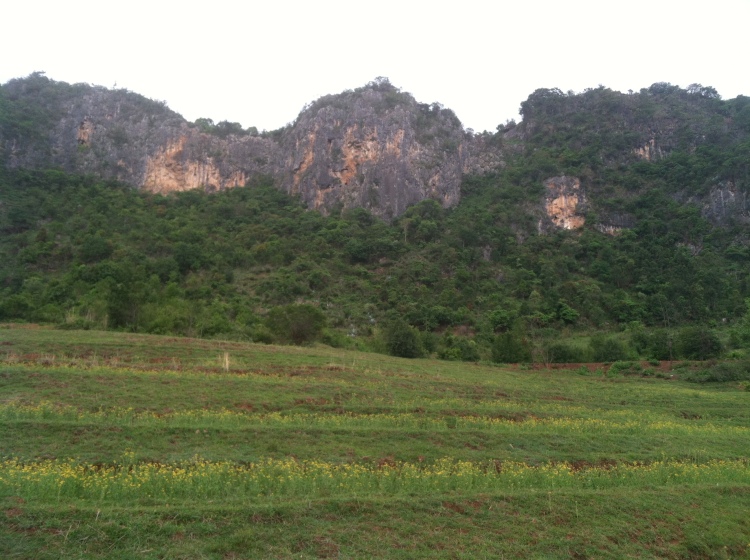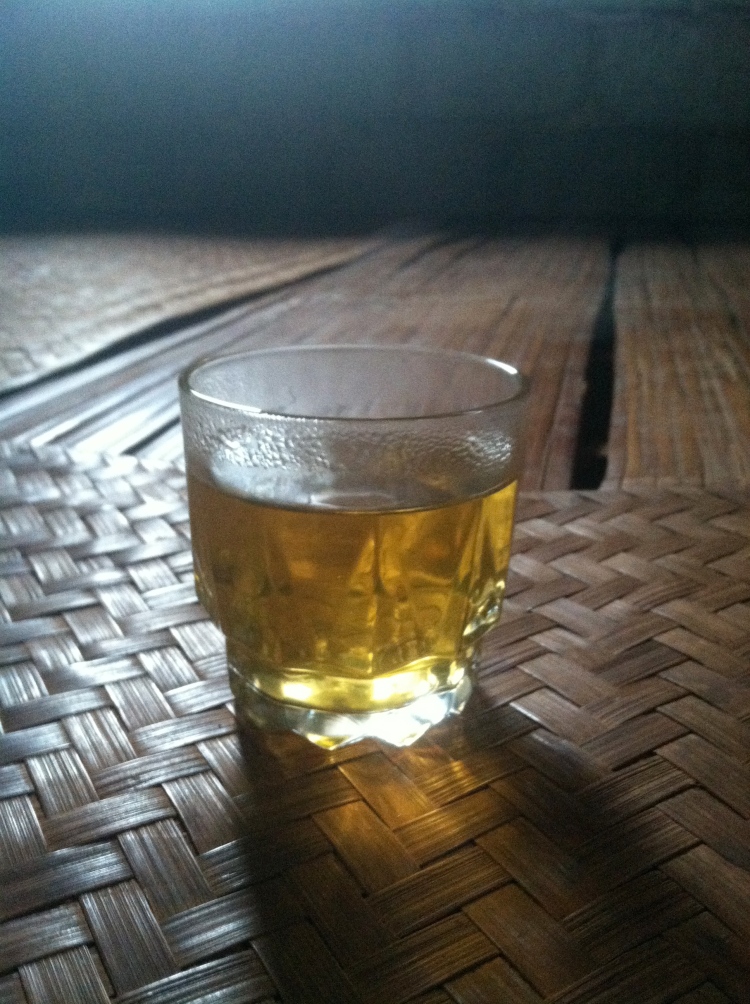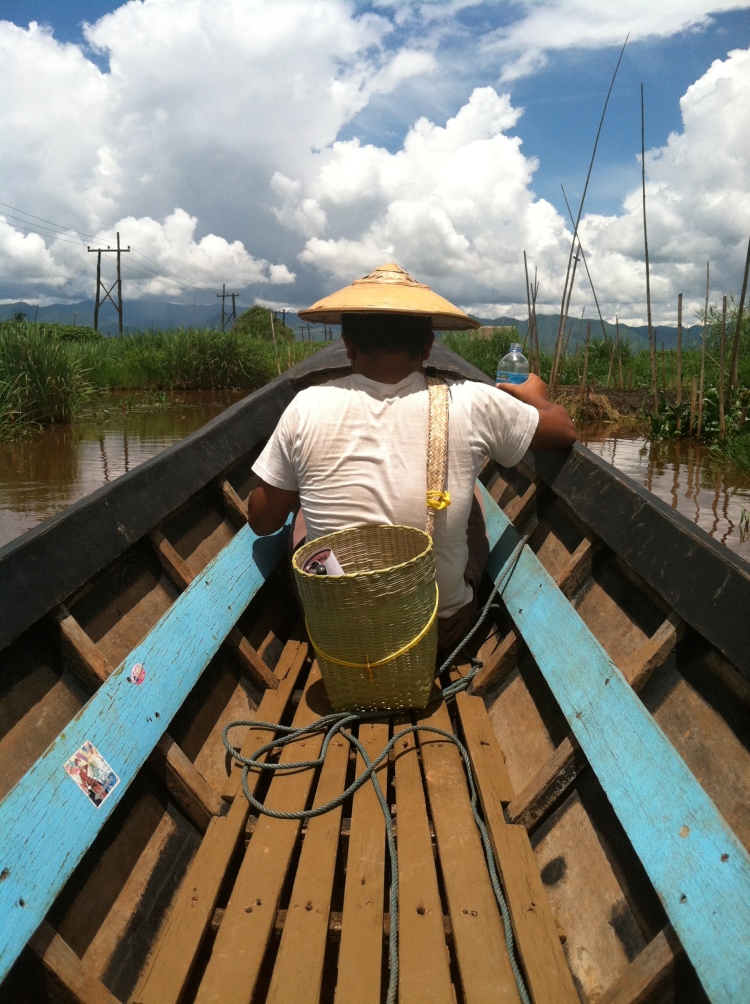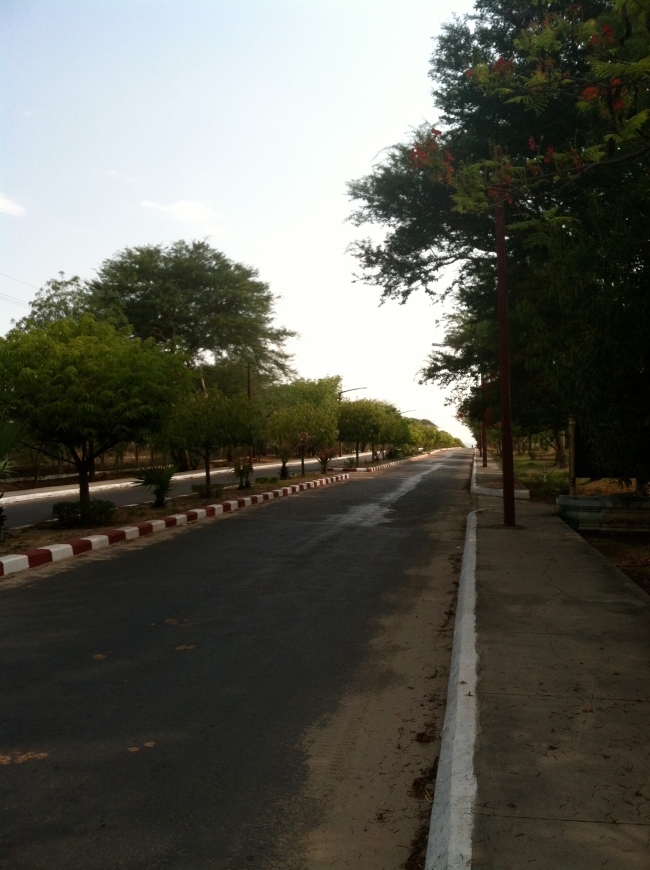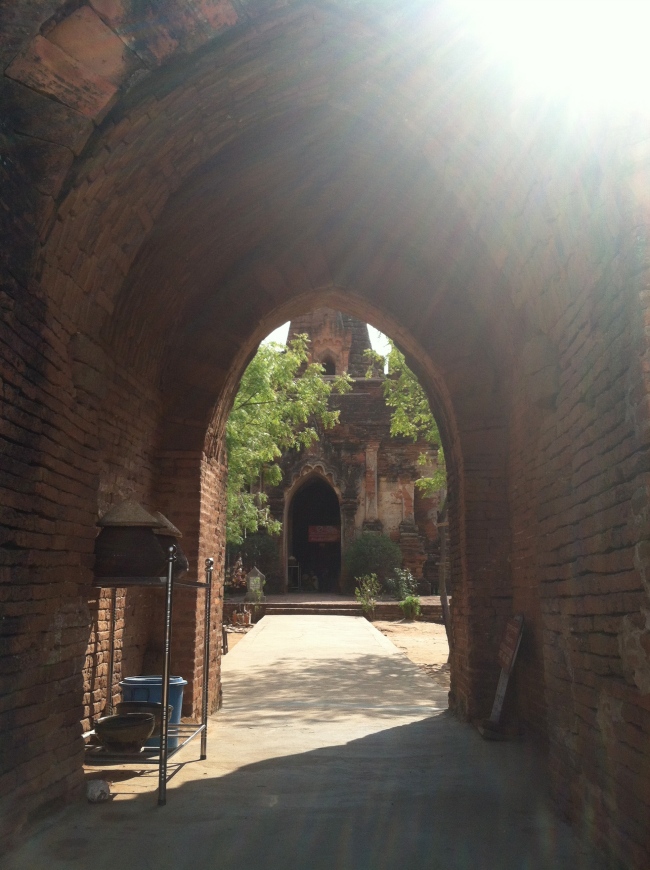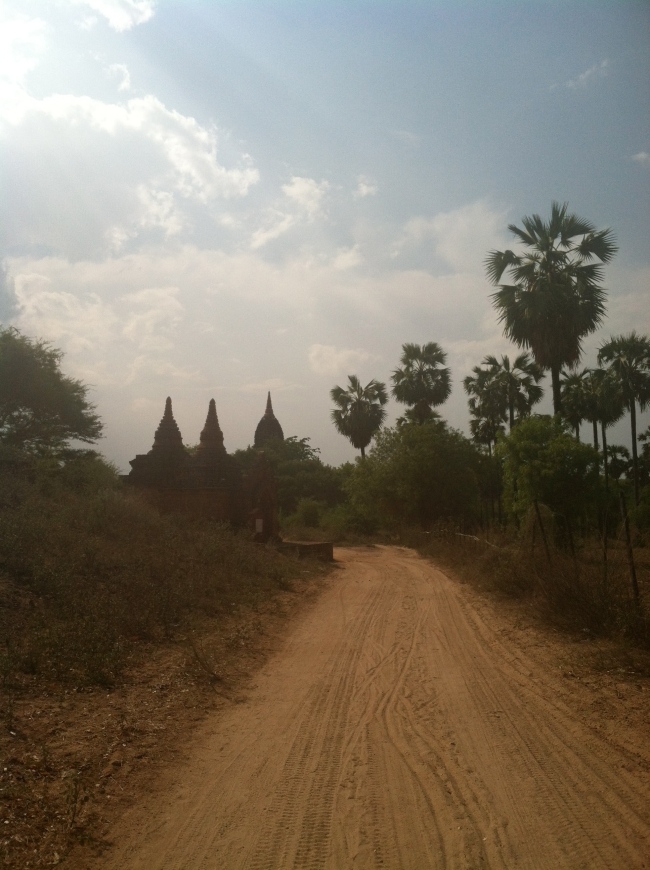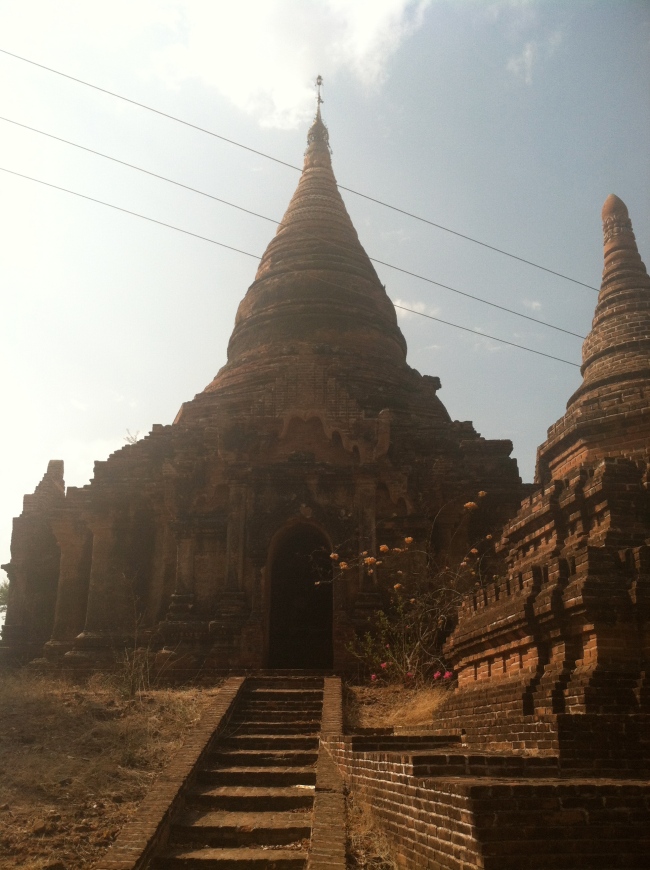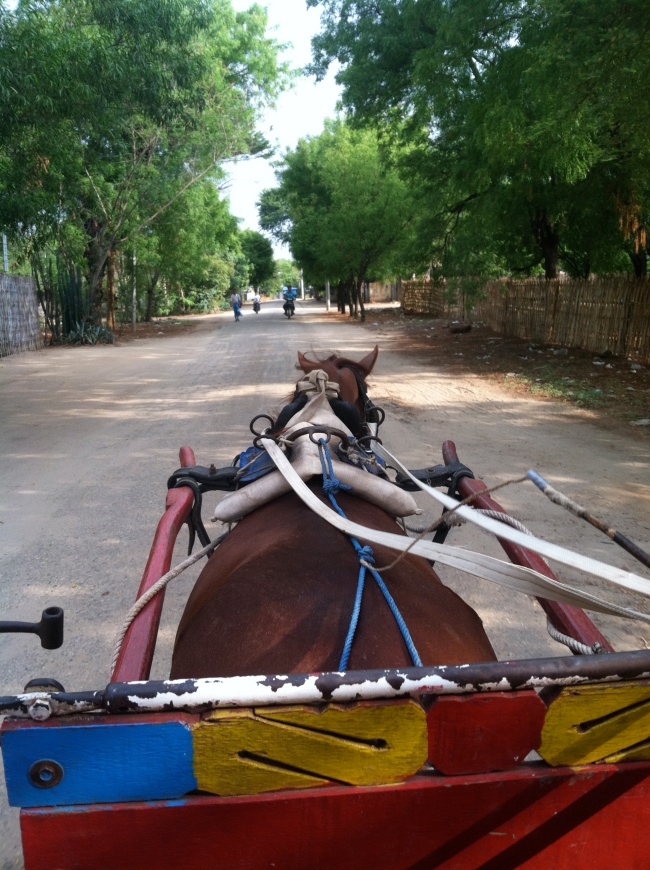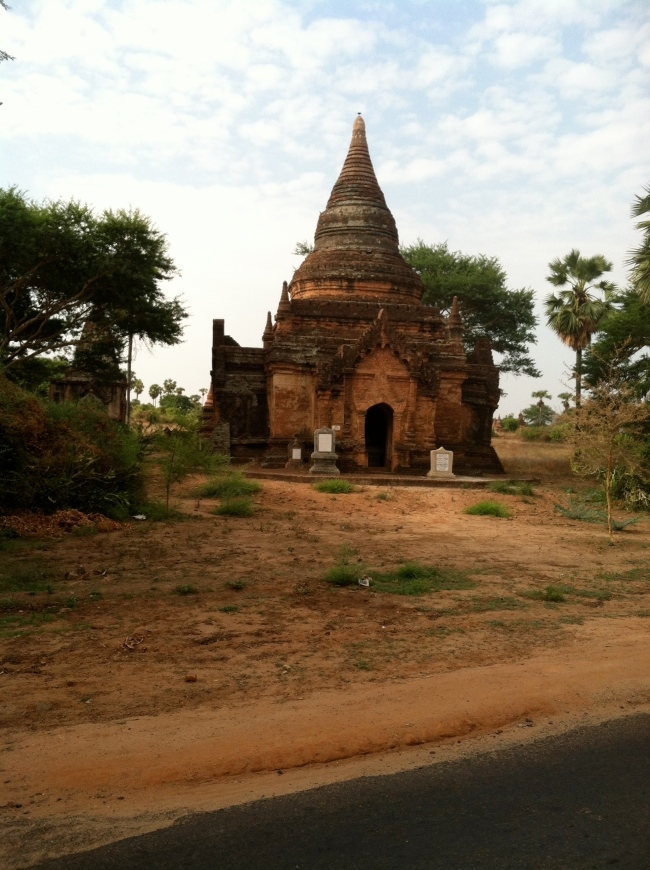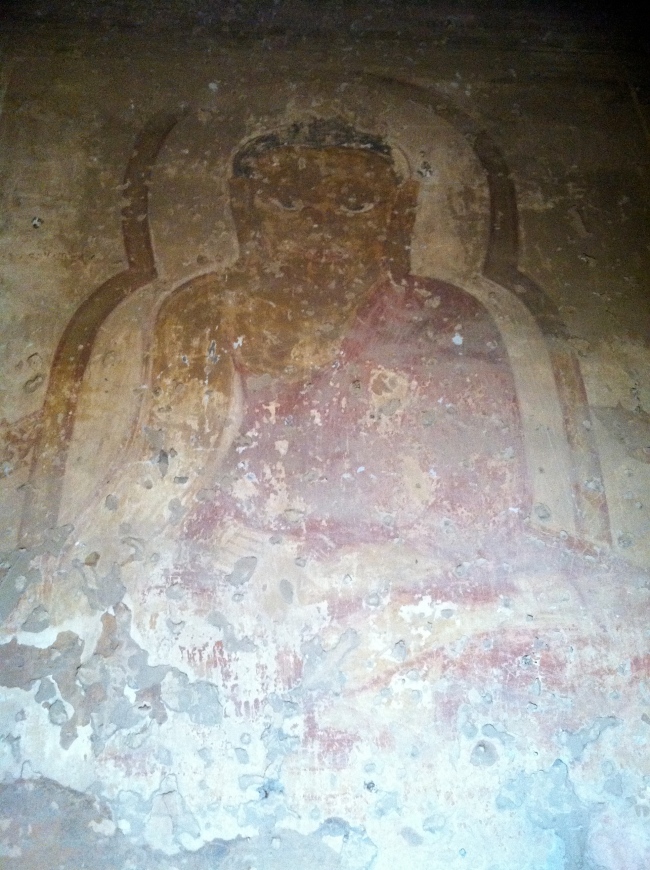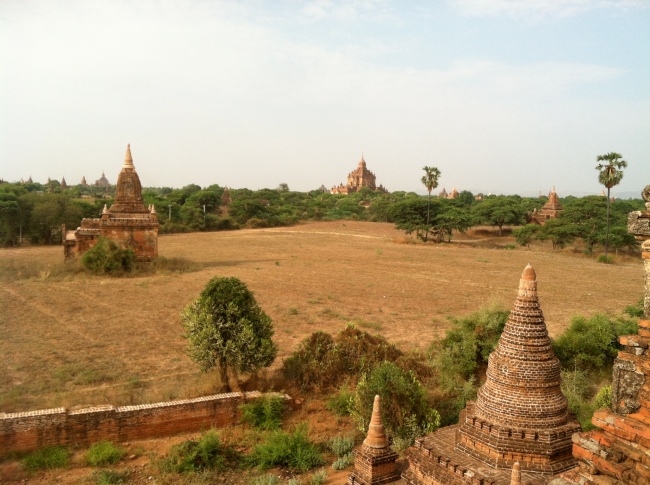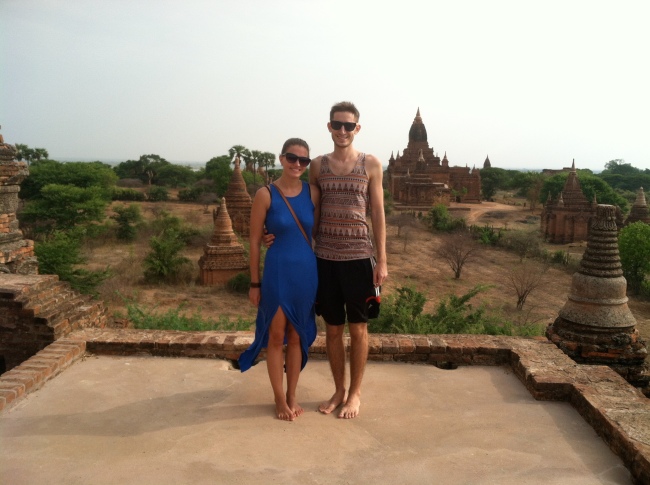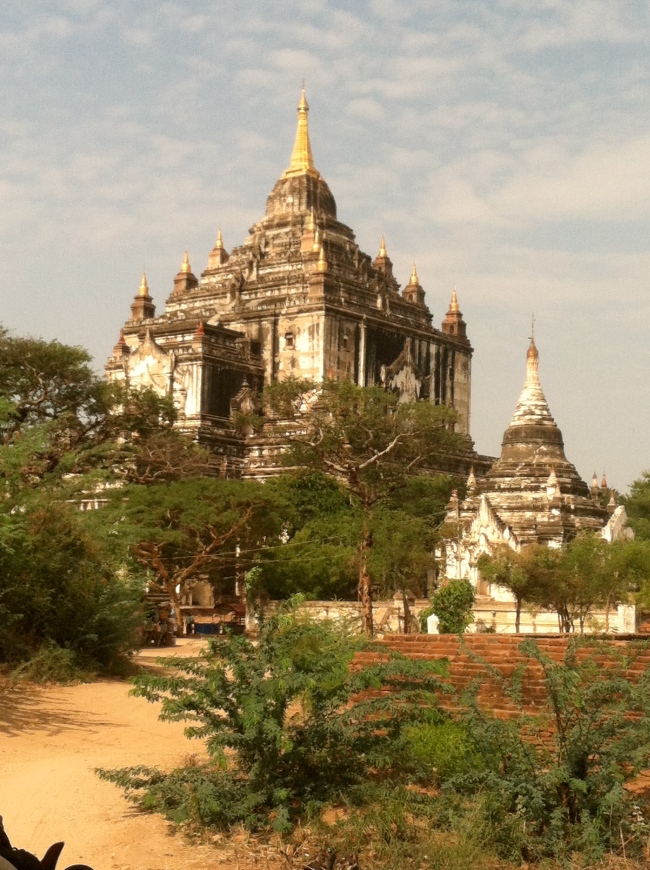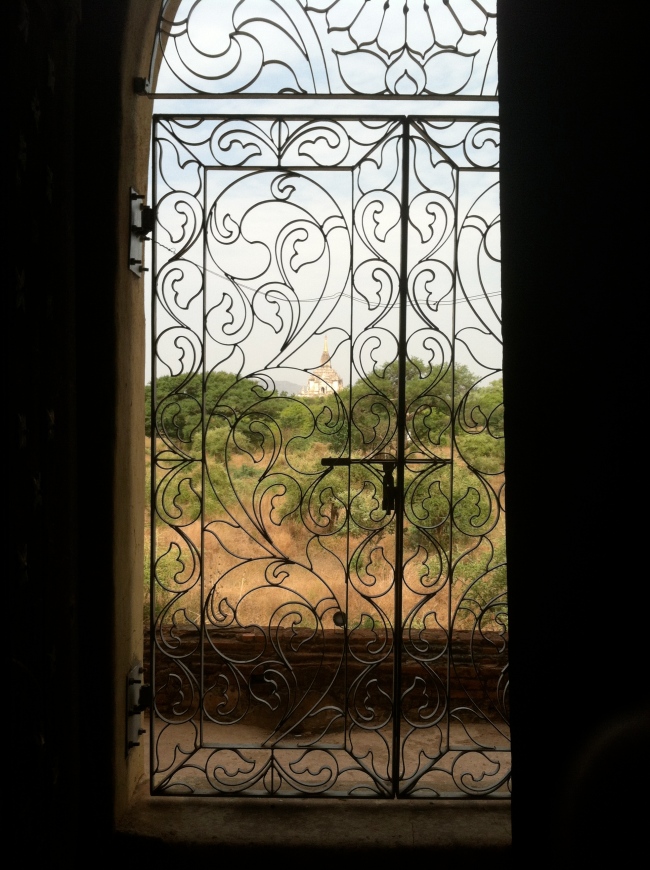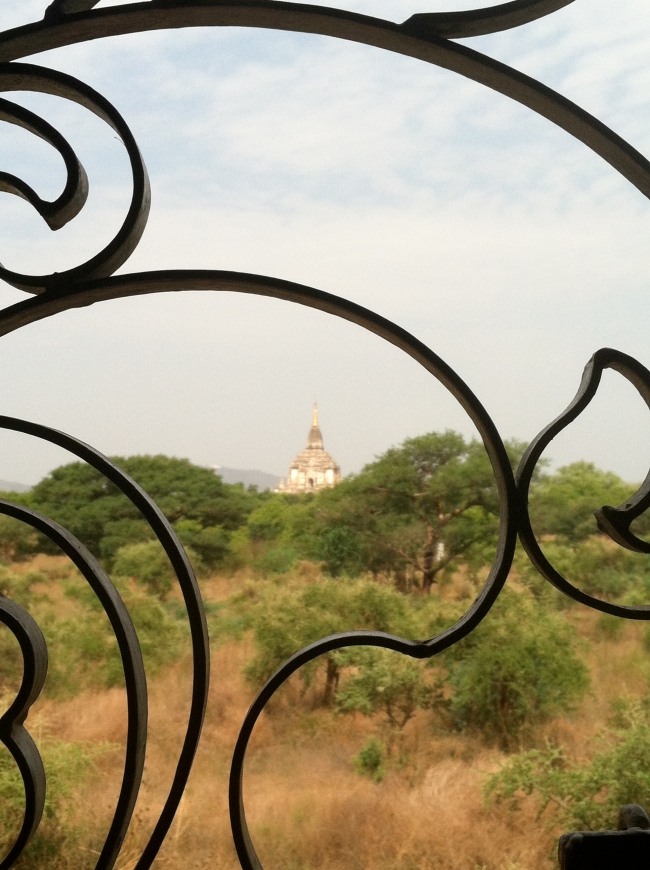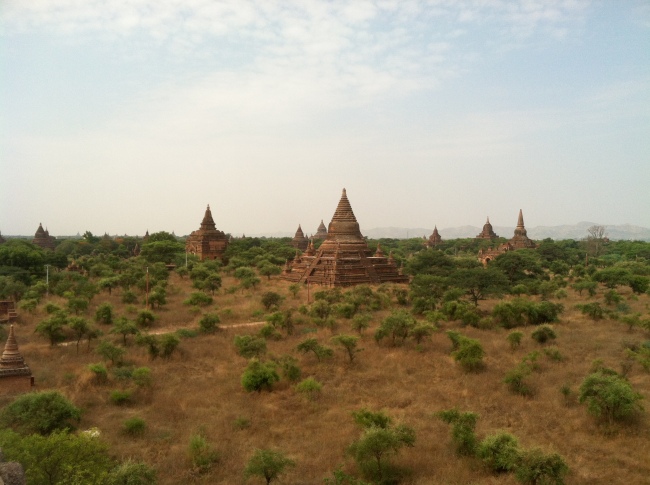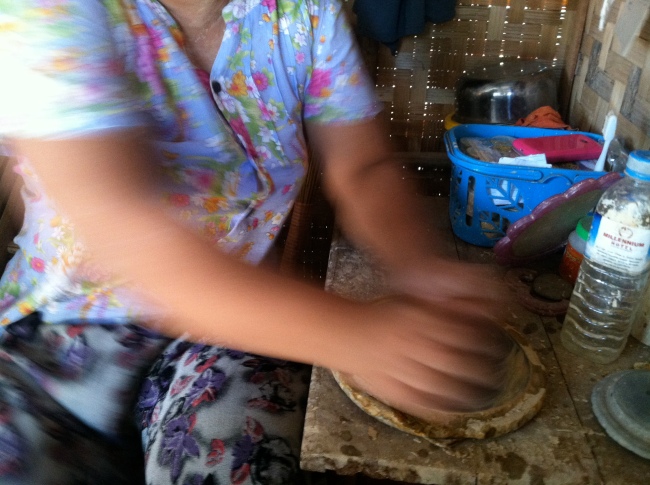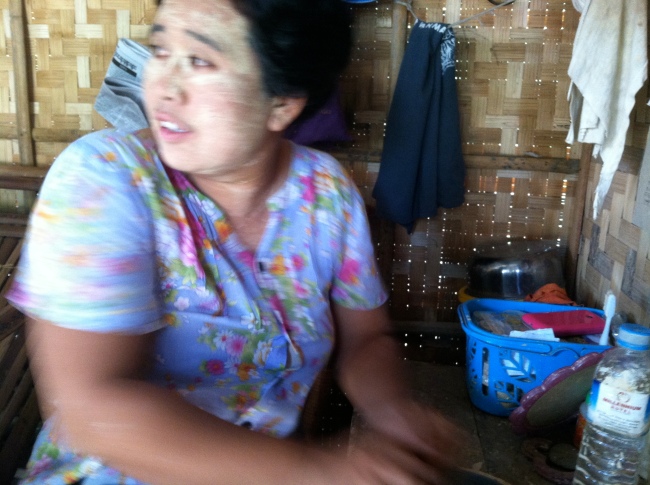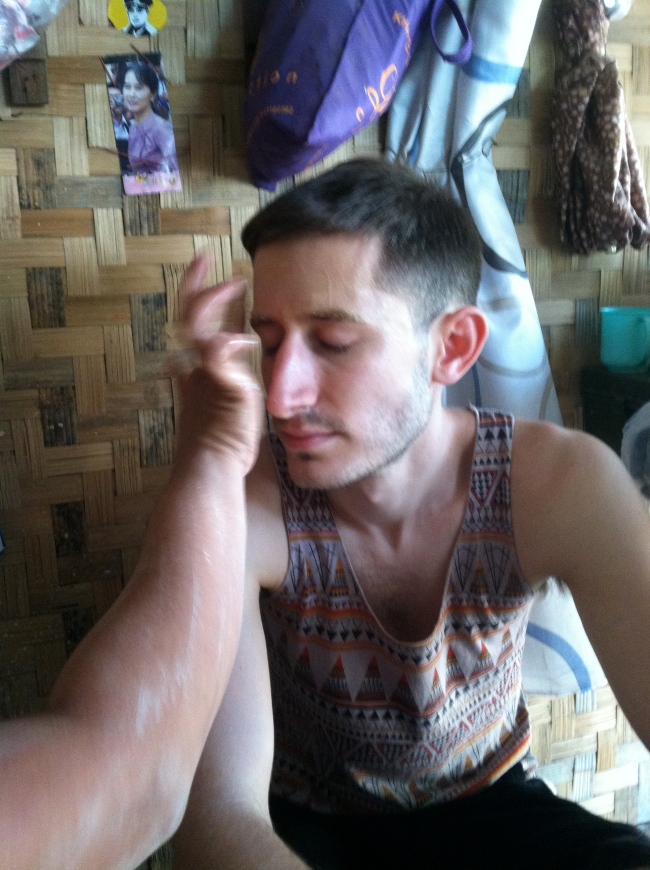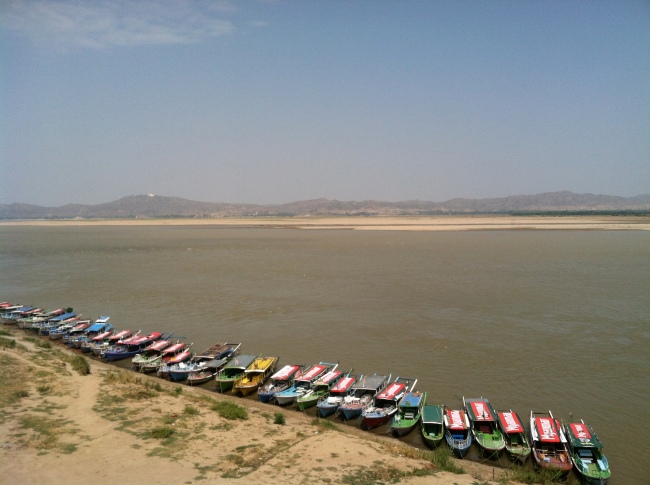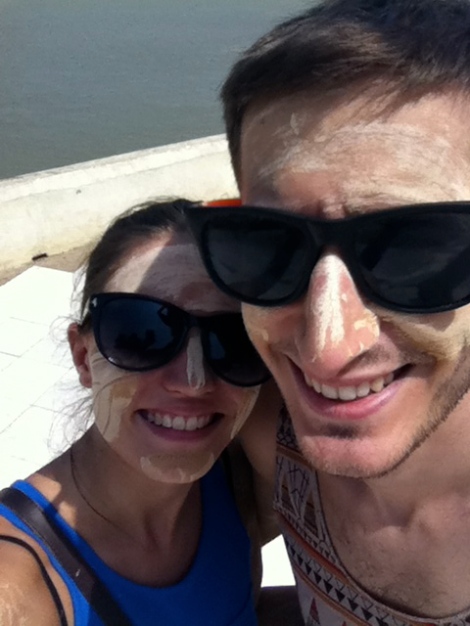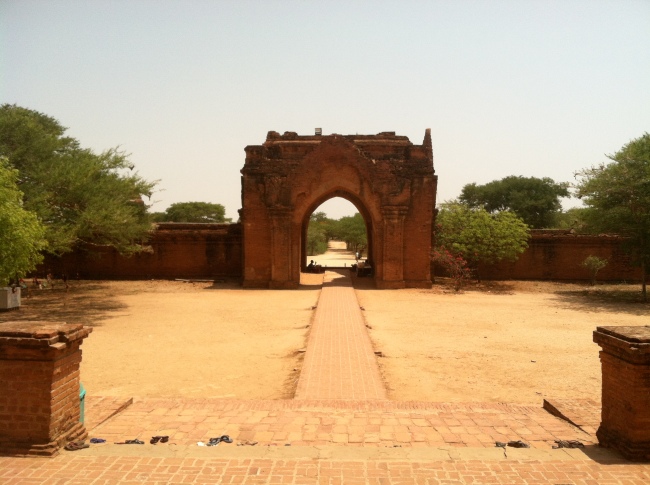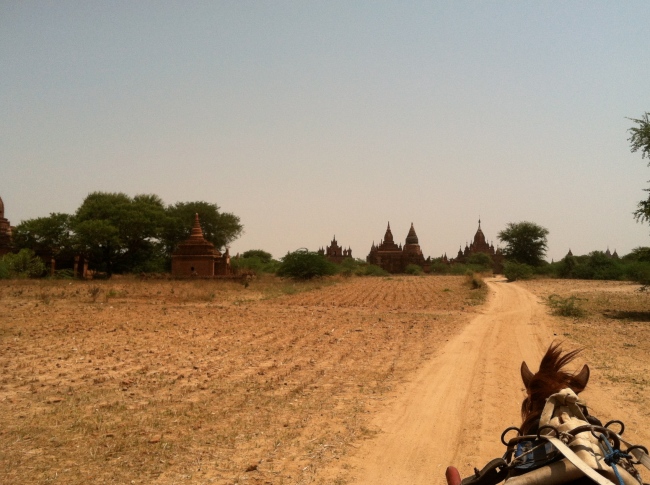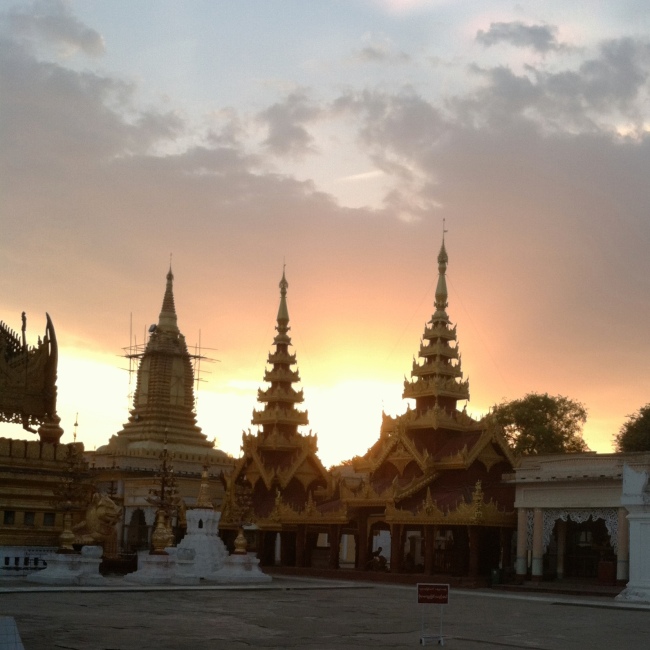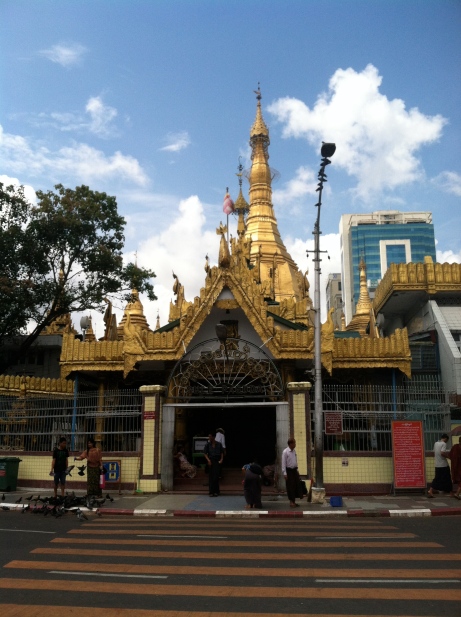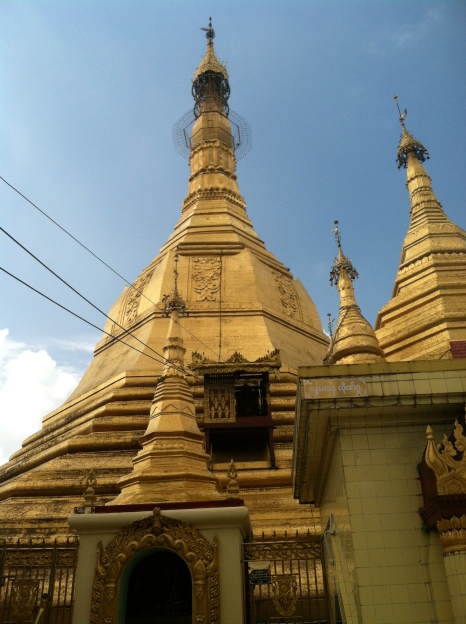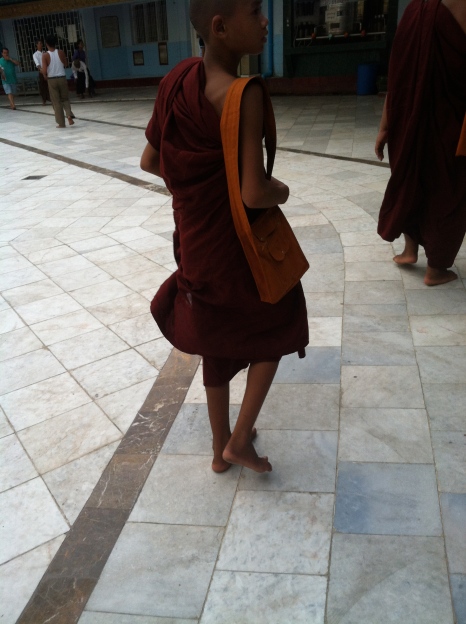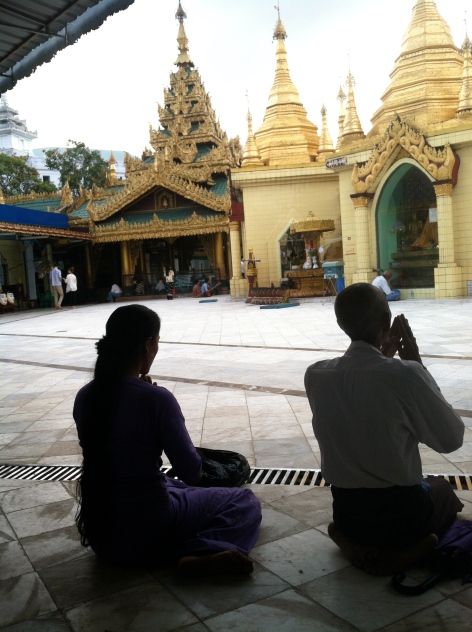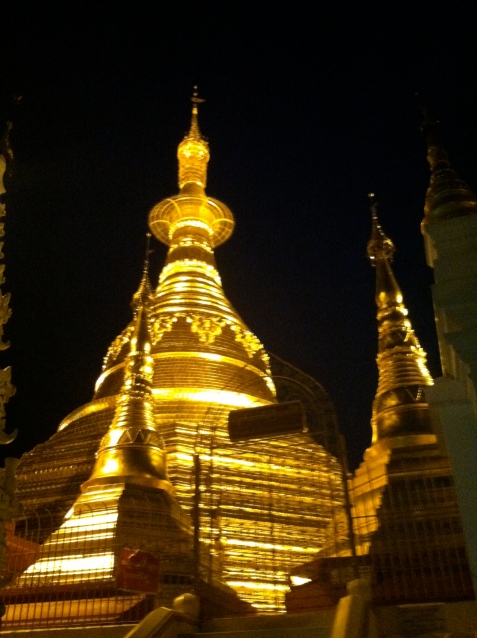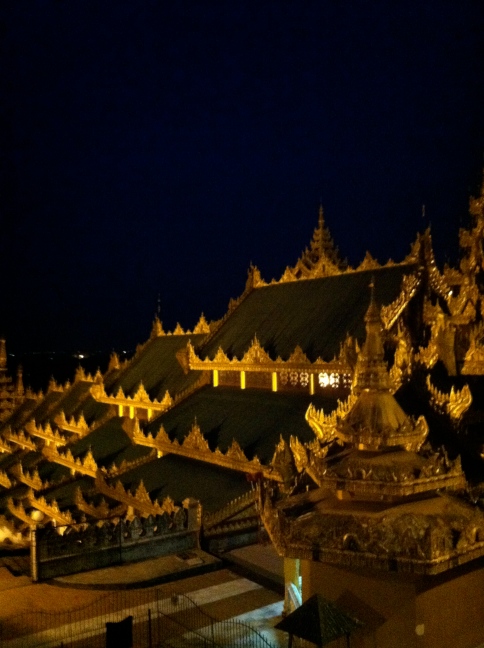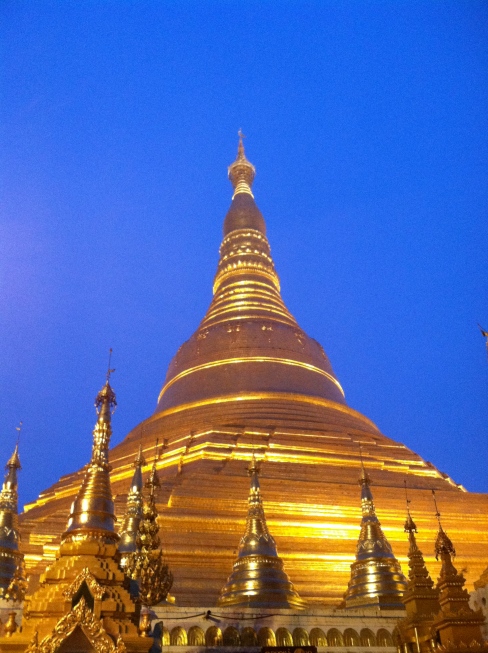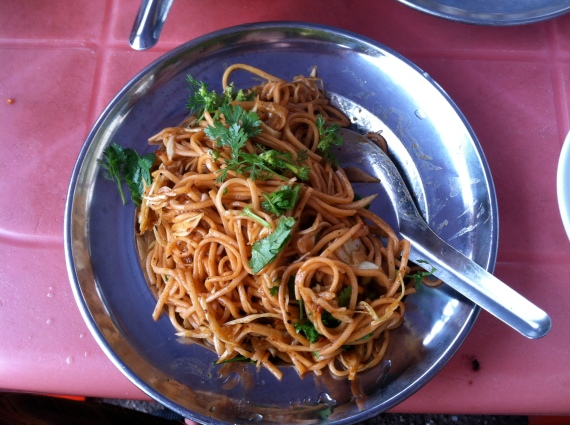I had an amazing time in Myanmar. The country is beautiful and the food was delicious. Almost everyone was exceedingly kind and friendly; in most places, I felt welcomed with open arms. While I am very glad to have had the opportunity to travel through Myanmar, I did have some reservations about going. I’ve continued to grapple with them having visited and come home, too.
First, an extremely condensed version of Myanmar’s modern history: the country, then Burma, achieved independence from Britain in 1948. The man responsible for this incredible moment in Burmese history was the revolutionary General Aung San. He was assassinated just six months before Burma saw independence from Britain. Aung San (colloquially known as “Bogyoke” by the Myanmar people) is still widely loved and his legacy has been carried on by his daughter, Aung San Suu Kyi. But more on her later.
The transition to independence was tumultuous. 1962 brought a coup d’état by General Ne Win, leading to the establishment of a military government. There were several student protests against the government throughout the 60s and 70s, all of which were violently suppressed. Ne Win remained in power for 26 years.
In 1988, there was the 8888 Uprising (so named for the fact that many of the events occurred on August 8, 1988). It began with university students in Yangon, and quickly spread throughout the country. Unfortunately the call for democracy was not fulfilled, and these protests, like the ones of the prior decades, were suppressed by the military. The Myanmar government claims 350 people died in the protests; everyone else puts that figure in the thousands. Aung San Suu Kyi, a prominent figure in the National League for Democracy, was placed under house arrest. 6,000 other supporters of the NLD were detained as well.
In the 1990 elections, the NLD won 392 of 495 seats in Parliament. Additionally, they received 59% of the national votes. Of course, the junta (military government) declared the election null and void, and remained in power. (Aung San Suu Kyi, by the way, remained under house arrest for 15 of 21 years, and was only released in 2010.)
When the 2010 elections rolled around -surprise, surprise- the Union Solidarity and Development Party (aka the military) won. Although this coincided with Aung San Suu Kyi’s release from house arrest, the NLD chose not to participate in the elections. In 2012, international powers were invited to monitor the elections for fraudulent activity, which was met with varying success. It did, however, lead to the lifting of economic sanctions the USA and Europe had long imposed on Myanmar. This also meant that American and European citizens now were allowed to travel to Myanmar.
Thus a booming tourist industry was born. For the past two years, this industry has greatly expanded and has injected new life into Myanmar’s economy. The question is, how should one feel about traveling to a country with a history (and present) of such gross human rights abuses?
Suppression of democracy is not Myanmar’s only problem, either. Their treatment of certain ethnic groups, such as the Rohingya Muslims, is appalling. These groups of people are made to live in concentration camps, and the violence against them is terrifying. The New York Times has had several excellent articles that explain the situation much better than I can.
Since the government controls everything, including the tourism industry, most tourist dollars go directly to the government. You’re asked to pay a fee for entering certain zones (such as Bagan and Inle Lake). Although they tell you that this money goes toward the preservation of the area, you can be sure that most of that money goes right to the junta. The same for hotels: many hotels are government owned, and even the ones that aren’t still must pay a heavy tax to the military.
At the same time, there are ways to support the people of Myanmar. By booking tours through private companies (and tipping at the end, since all of that money goes to the guide), and buying handicrafts from markets and street vendors instead of in large, government-owned stores, you can direct your dollars to the people who need it the most.
It’s also important to remember that the views of the government do not necessarily reflect the views of the people. Aside from our insane taxi driver who spewed his hate for Muslims, I did not encounter any hostility like that from anyone else. Ko Min, our trekking guide, freely discussed how he is a firm supporter of the NLD and that the government is incredibly corrupt. It’s not exactly a secret, after all.
I am very glad that I was able to see Myanmar for myself. Yes, giving money to a government that I do not support in any way is a tough pill to swallow. But going there allowed me to learn much more about the country, and most importantly, to see its changing political climate with my own eyes. I believe that large scale changes are on the horizon for Myanmar, and I sincerely hope that all issues, from basic human rights to democracy, are addressed.
Anyway, this concludes my recaps of Myanmar. I’ll be back soon with some life-in-Malaysia stuff to share!
